Monad Labs, now operating under Category Labs after a rebrand, is preparing for its mainnet debut on November 24, however, the attention is barely on its high-performance blockchain.
The spotlight has shifted to how it plans to distribute MON, the project’s native token. What began as anticipation for one of 2025’s most hyped Layer-1 launches has turned into a public debate about fairness, community trust, and the delicate balance between rewarding early believers and institutional backers.
Token distribution raises concerns among community
Monad unveiled its tokenomics on November 10, revealing a total supply of 100 billion MON tokens divided across multiple categories. About 38.5% is set aside for ecosystem growth and grants, 27% for the core team (with a one- to three-year vesting period), and 19.7% for investors.
The public sale, starting November 17 on Coinbase’s new ICO platform, will account for 7.5% of the supply, while 4% goes to the Category Labs treasury and 3.3% to community airdrops.
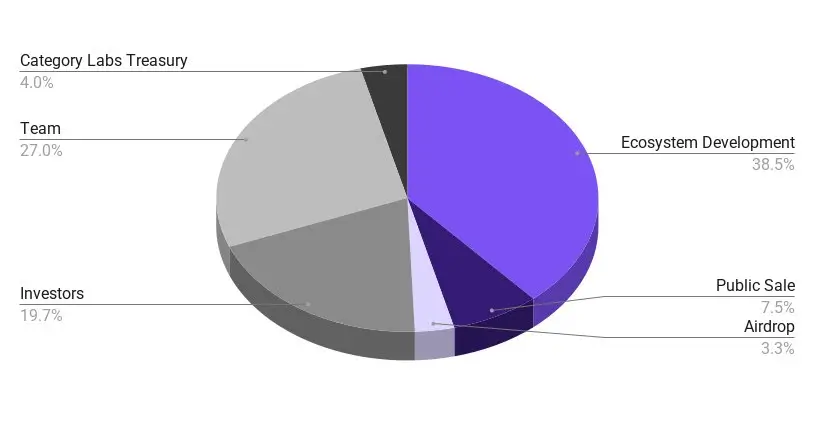
Roughly half of all tokens will remain locked at launch and non-stakeable. Monad says this approach helps avoid speculation, but many community members view it as protection for early backers.
The public sale price of $0.02 per token implies a $2.5 billion fully diluted valuation, with potential fundraising up to $187.5 million. Interestingly, U.S. users will be able to participate, a move that is usually uncommon due to certain regulations.
The airdrop process, which ran from October 14 to November 3, aimed to reward around 230,000 eligible wallets across five categories, from core community members to broader on-chain participants.
However, an automated Sybil filter, using Trusta AI to block bot accounts,excluded thousands of users, many of whom claimed to have spent time and funds testing Monad’s early ecosystem.
This has fueled discontent, especially as larger allocations reportedly went to DeFi traders and influencers rather than long-term contributors.
Reactions, fallout, and what comes next
The reaction online has been quite intense. On X, hashtags like #MonadScam trended as users shared posts suggesting that community members received minimal rewards compared to insiders. Some expressed frustration over the 3% airdrop allocation, calling it “dirty work.
Others have defended Monad’s approach, arguing that the controversy itself doubled as a live stress test as farmers spammed millions of transactions daily in an attempt to make the blockchain Distributed Denial of Service (DDoS) fail, however the Monad blockchain was able to absorb all the stress test, highlighting Monad’s claimed 10,000 transactions per second capacity.
Supporters maintain that the backlash reflects high expectations rather than system flaws, pointing out that every major blockchain faces early growing pains.
Still, the optics are challenging. The tie-up with Coinbase, which is lending 160 million MON tokens to market makers such as Wintermute, has added another layer of scrutiny.
While this partnership aims to boost liquidity and support trading in the U.S. market, critics worry it could accelerate sell pressure from early recipients.
In a nutshell, as Monad prepares for its November 24 mainnet, its reputation faces a key test. Whether Monad can turn the backlash into momentum, or become another case study in token mismanagement, will depend on how it manoeuvres the next few weeks.




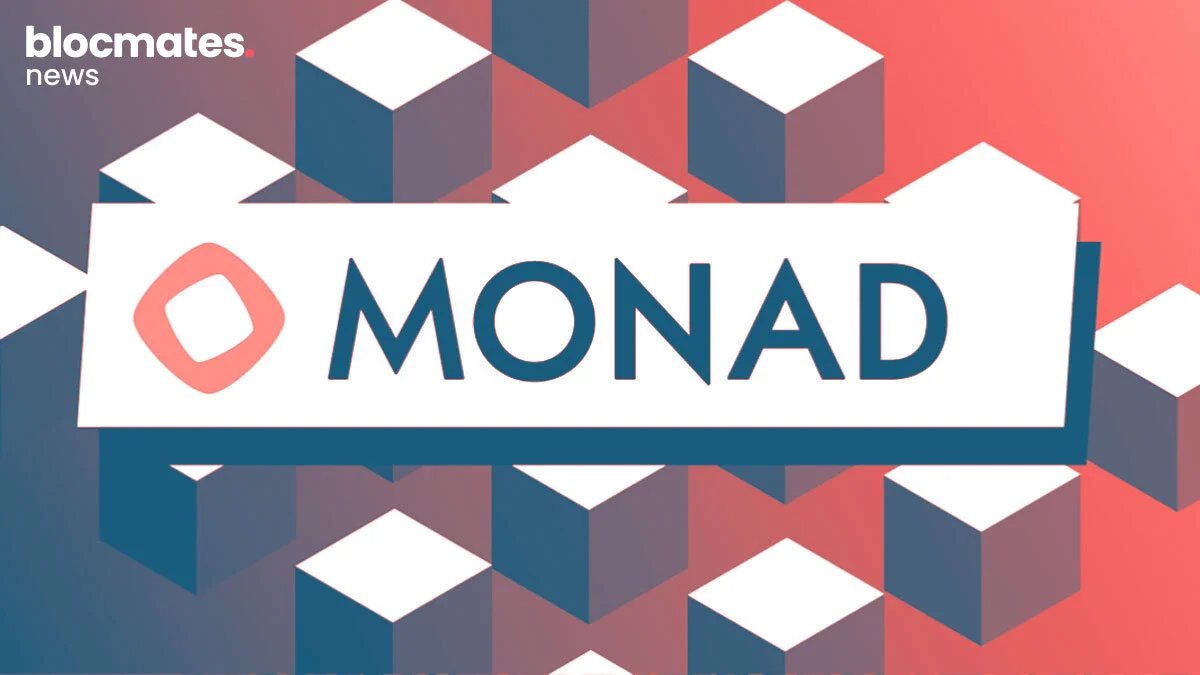




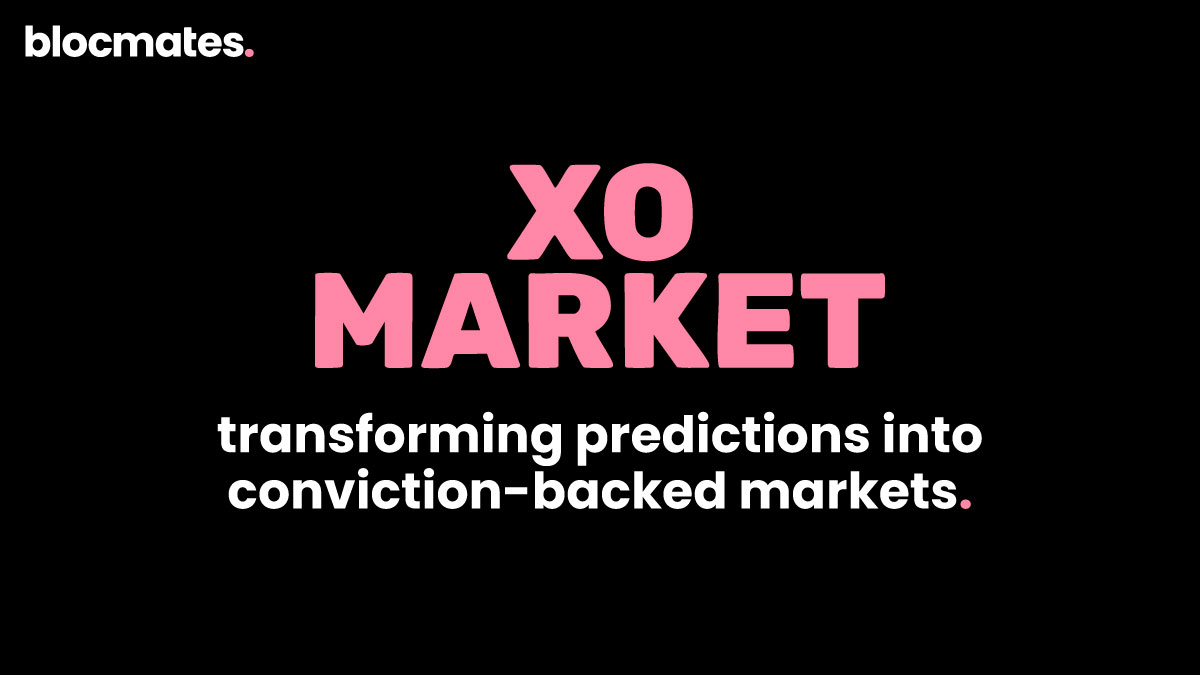
.webp)
.webp)

%20(1).webp)
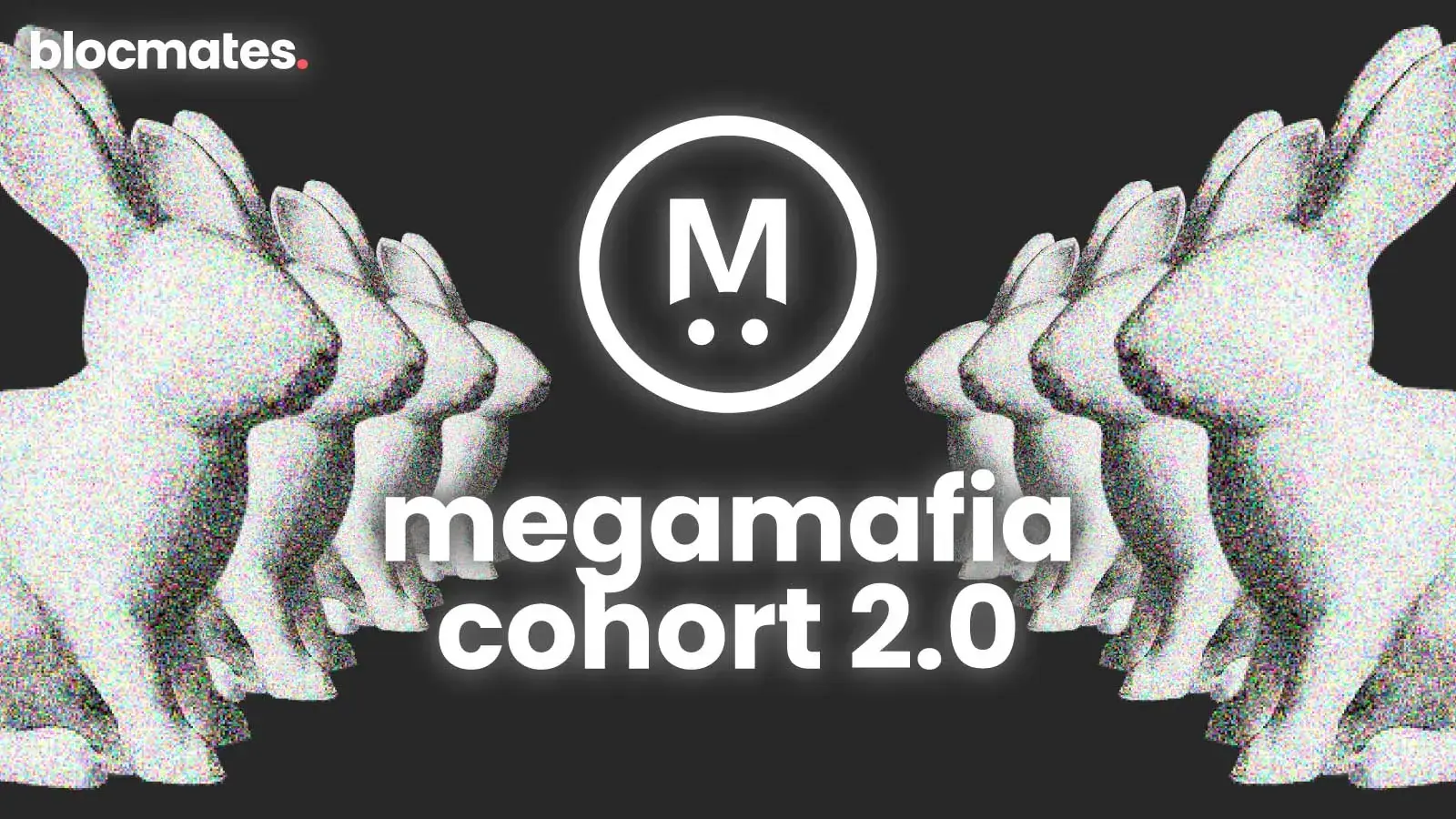
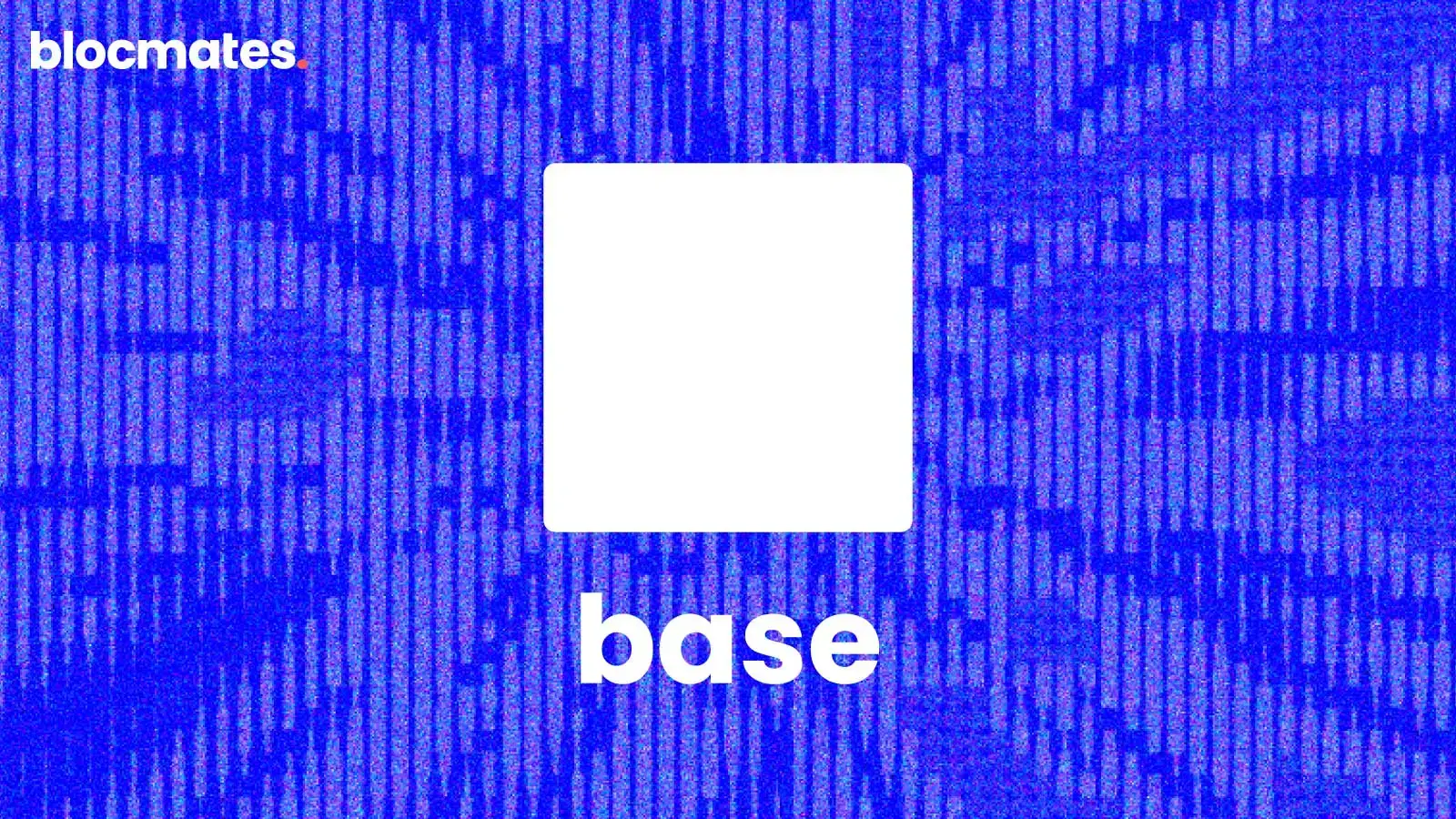
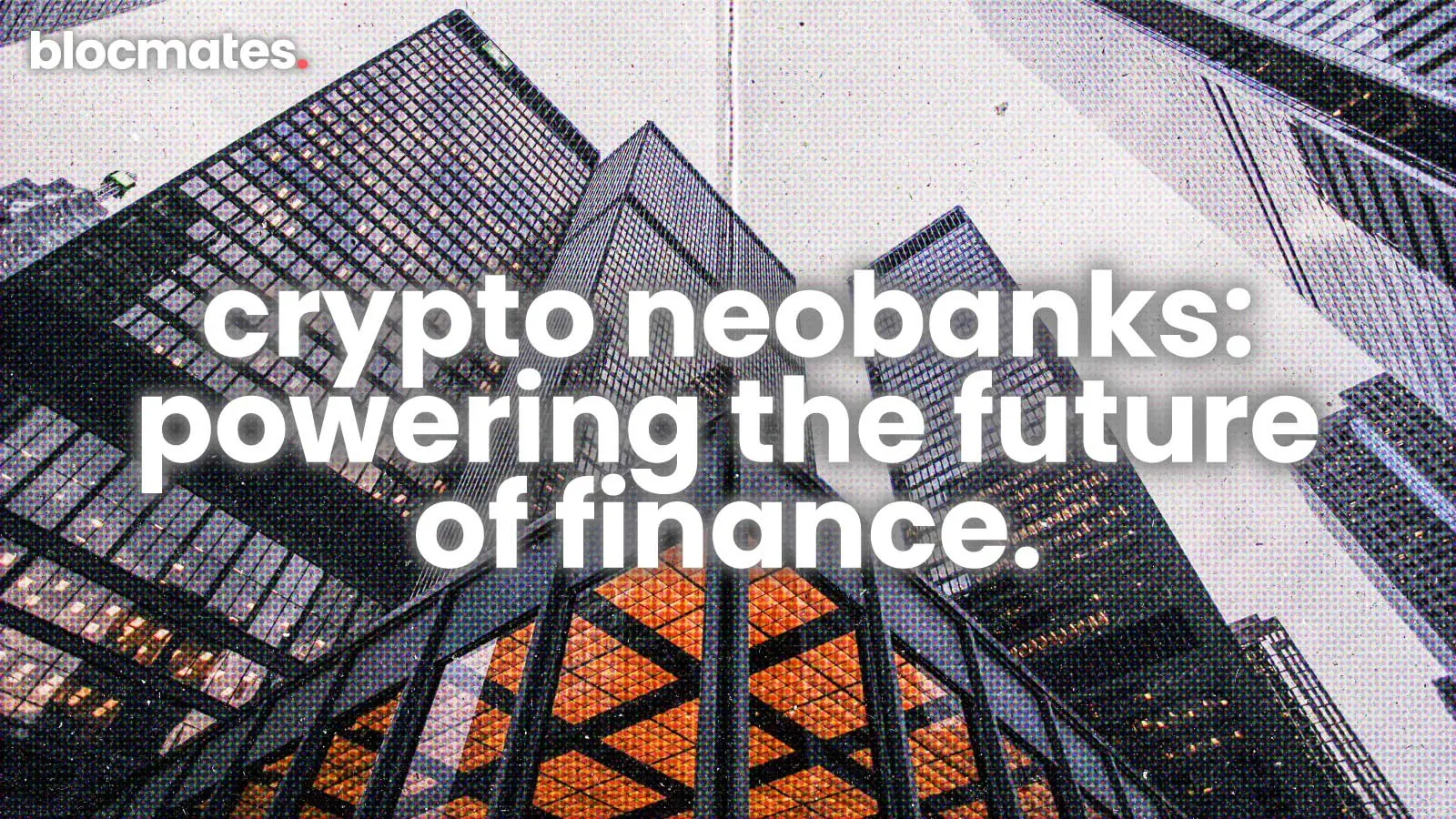


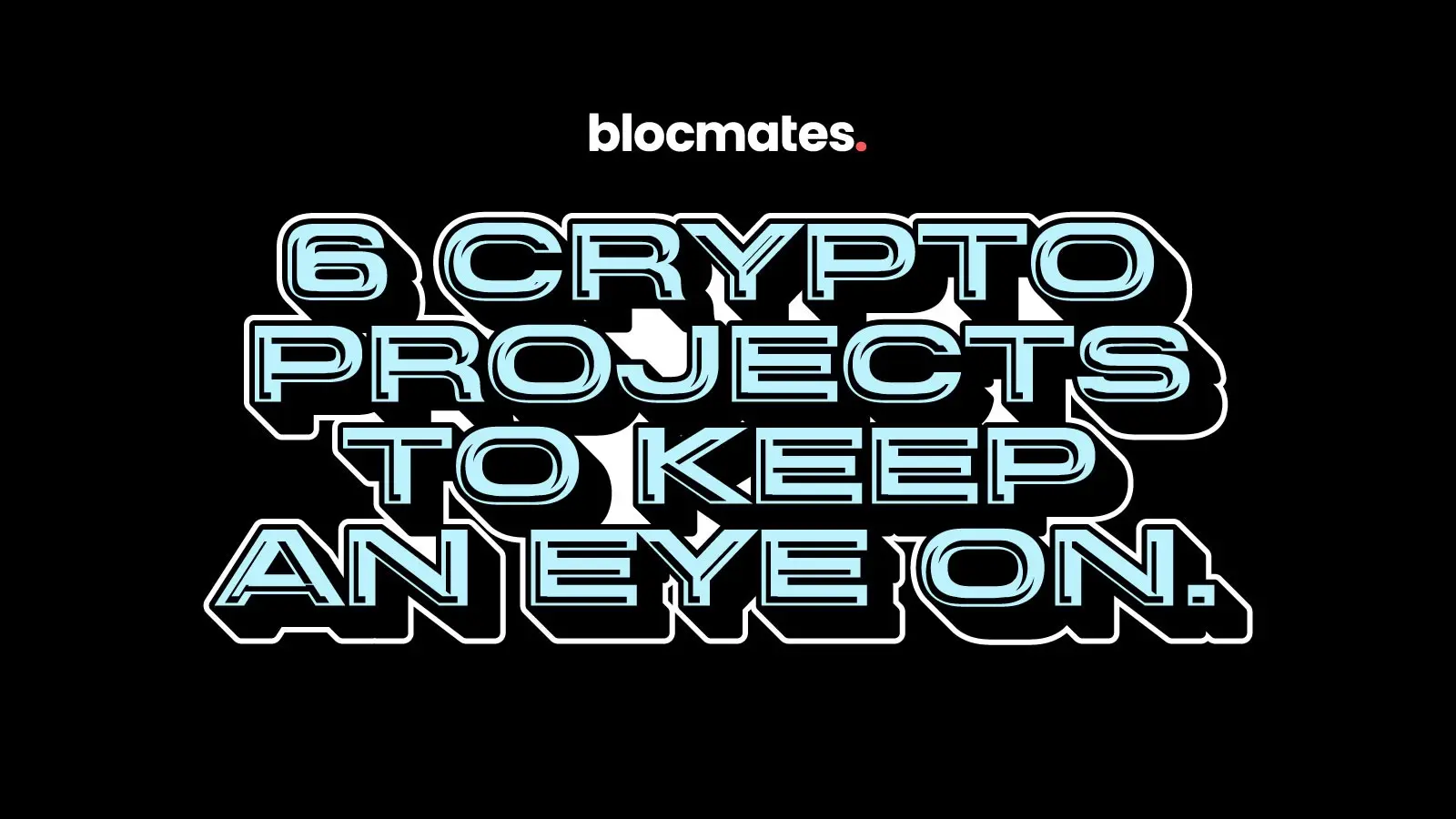
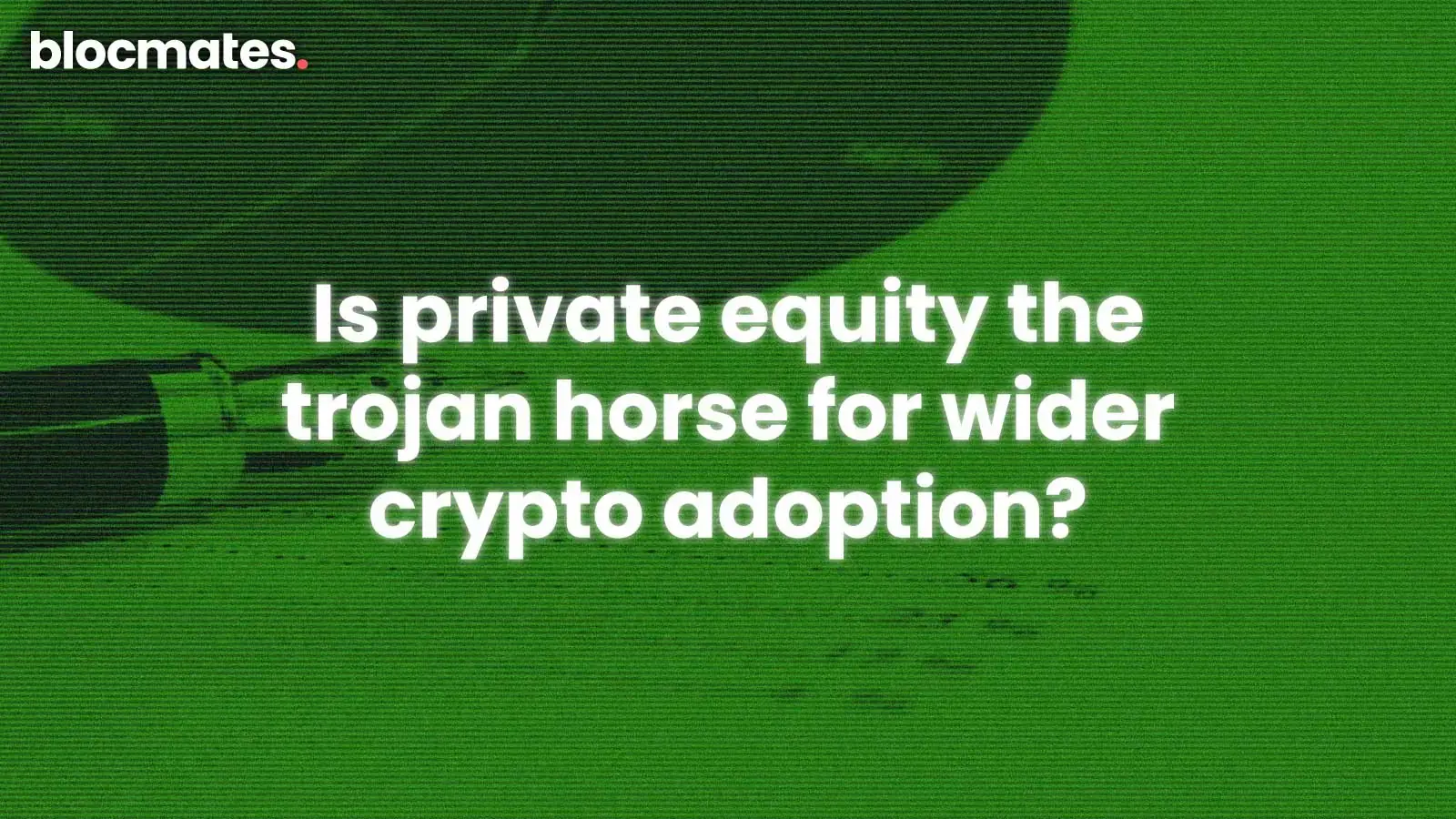
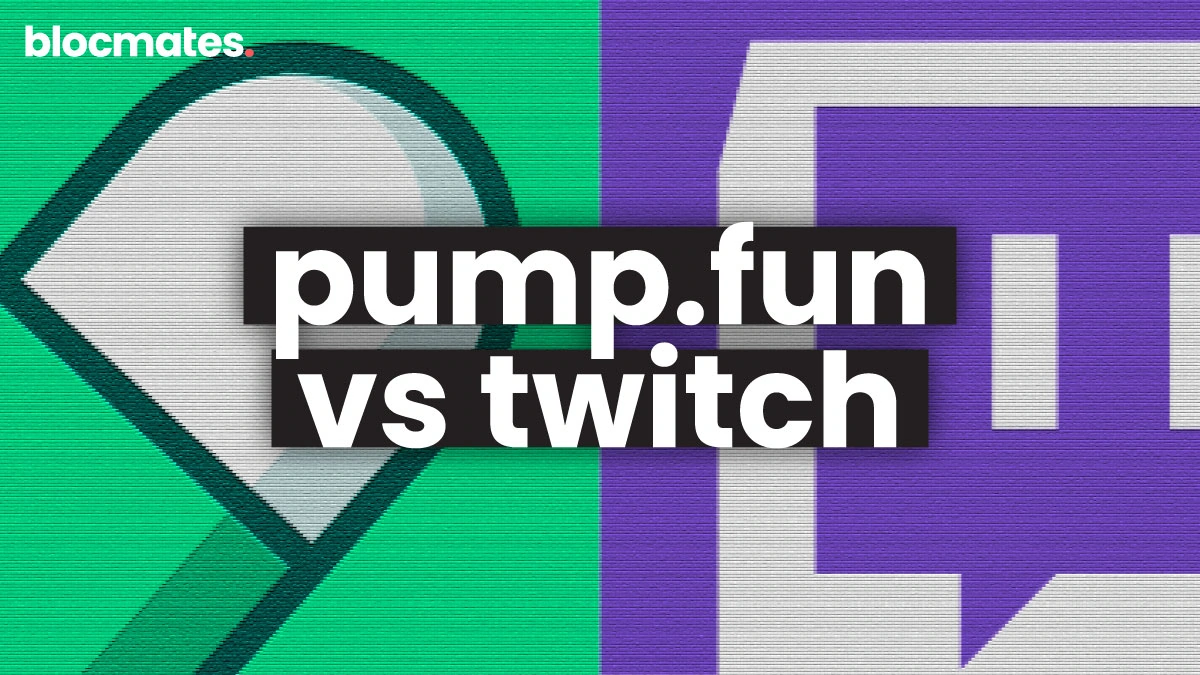

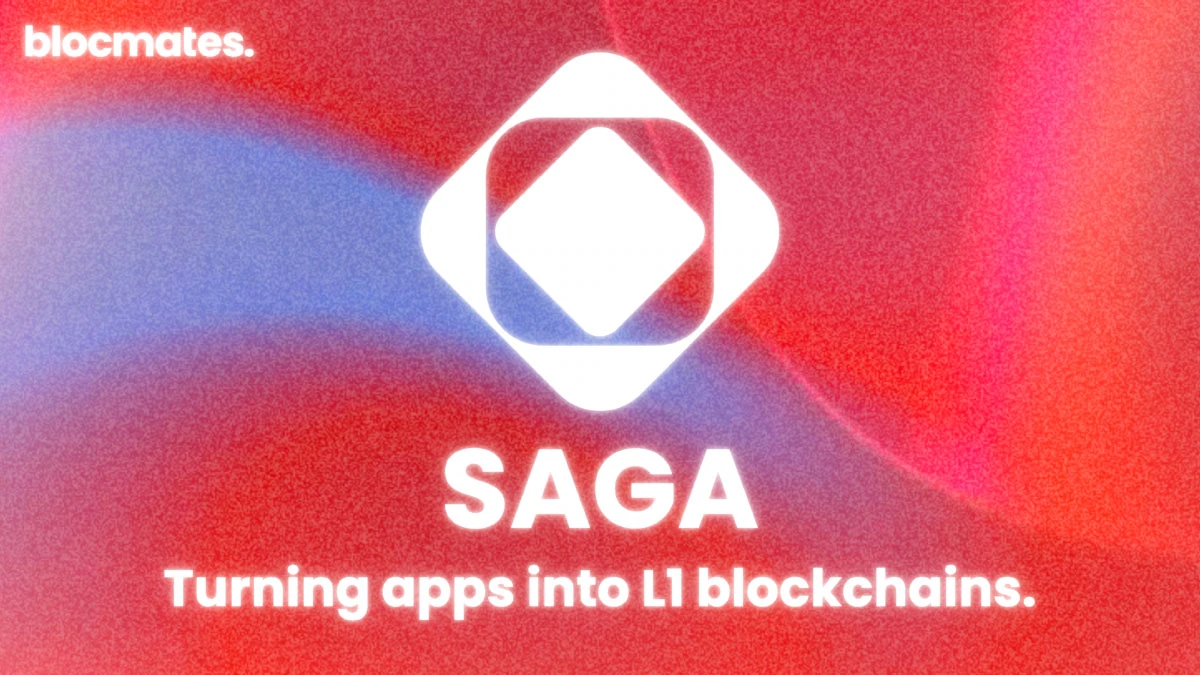



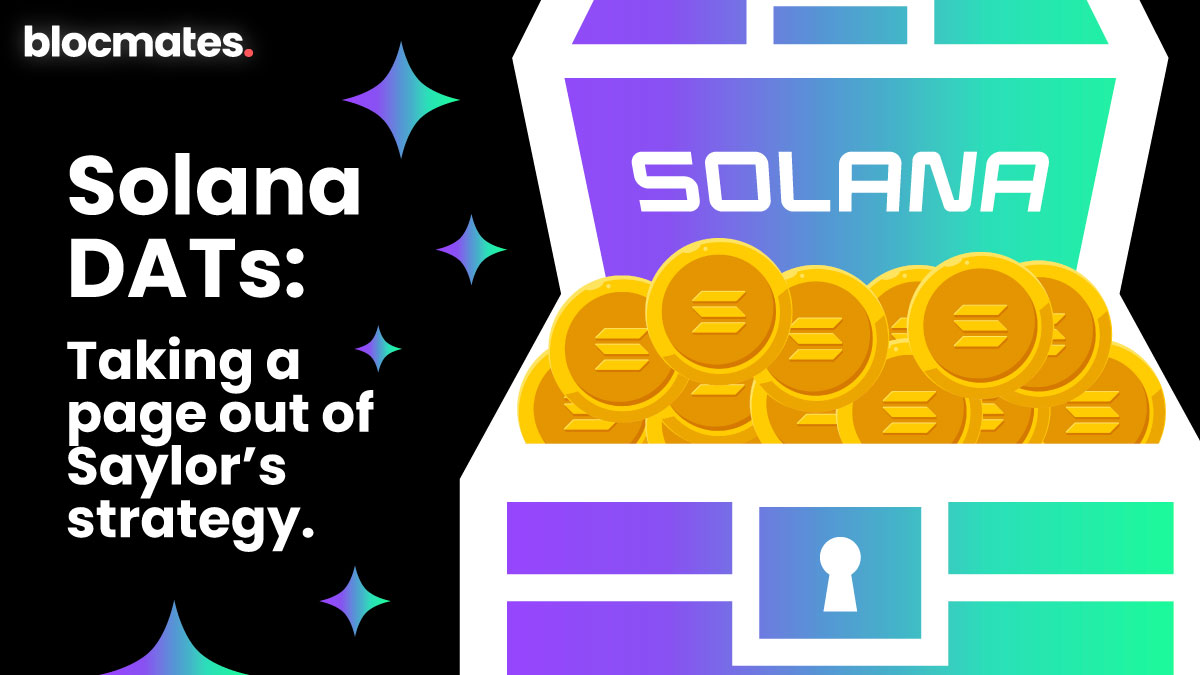


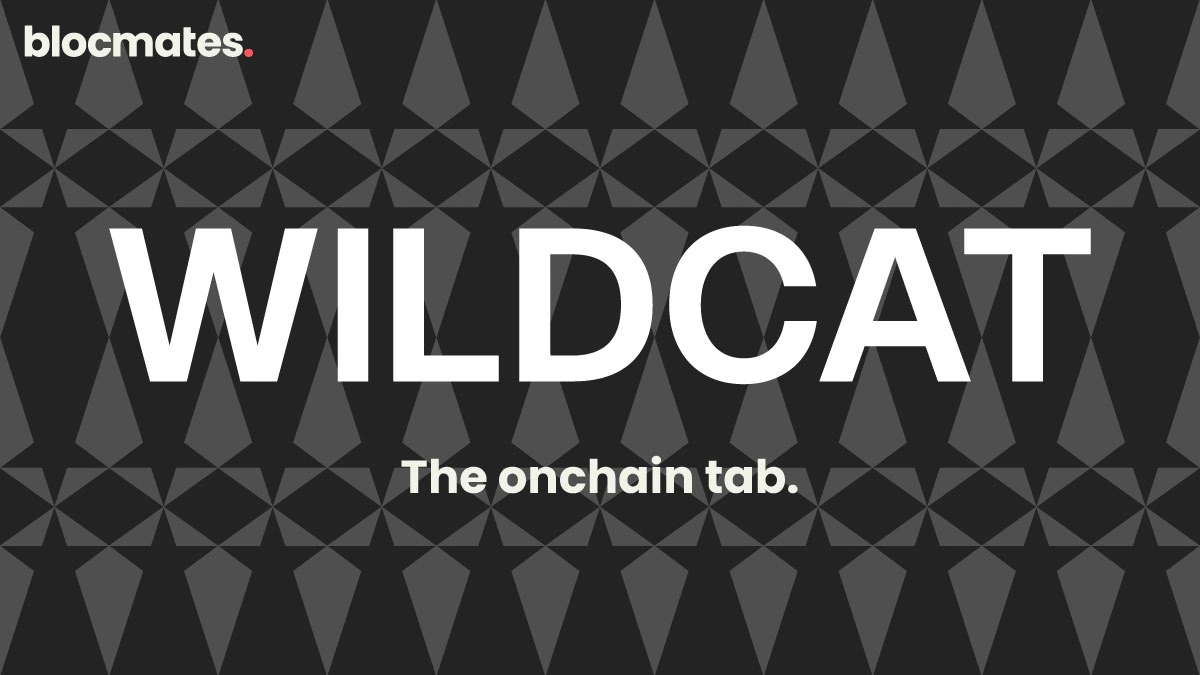


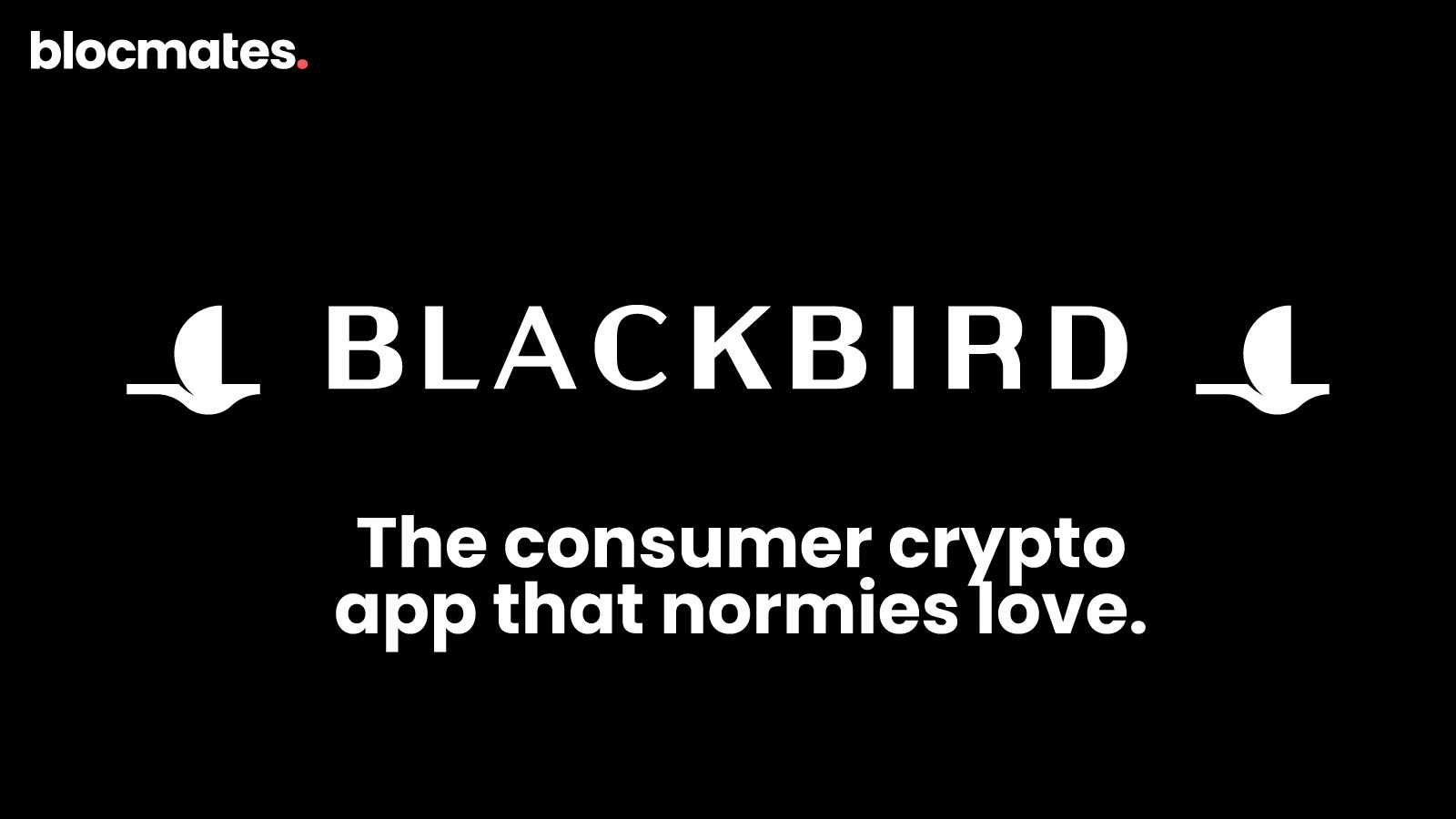
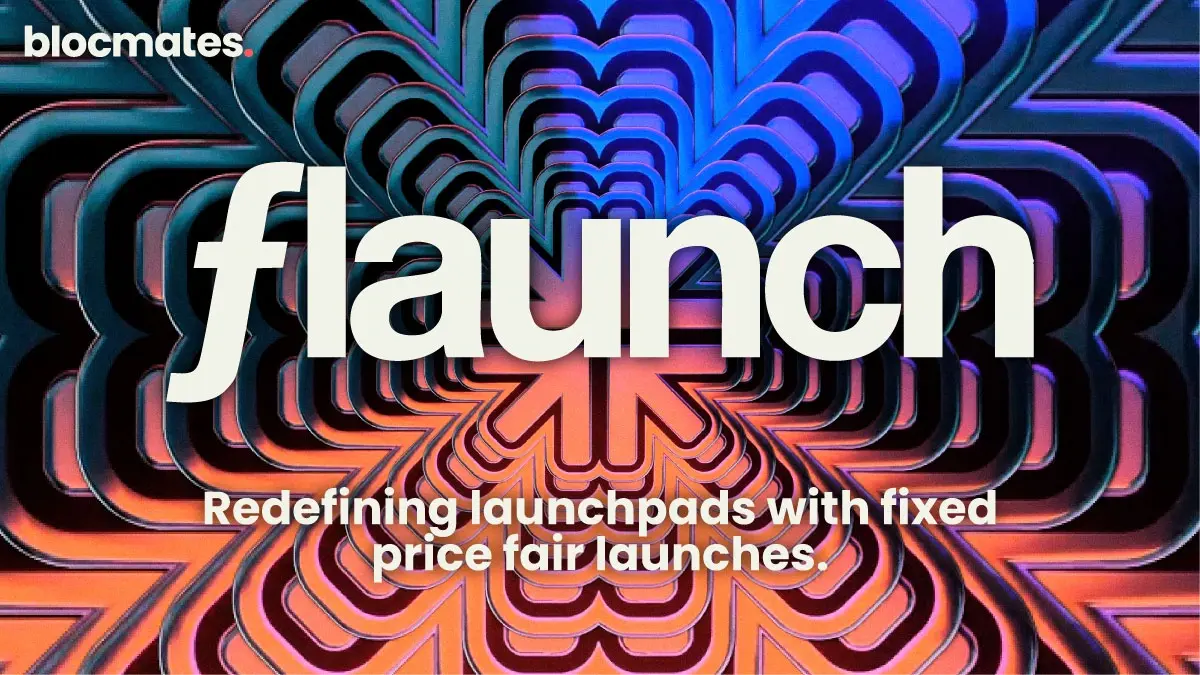




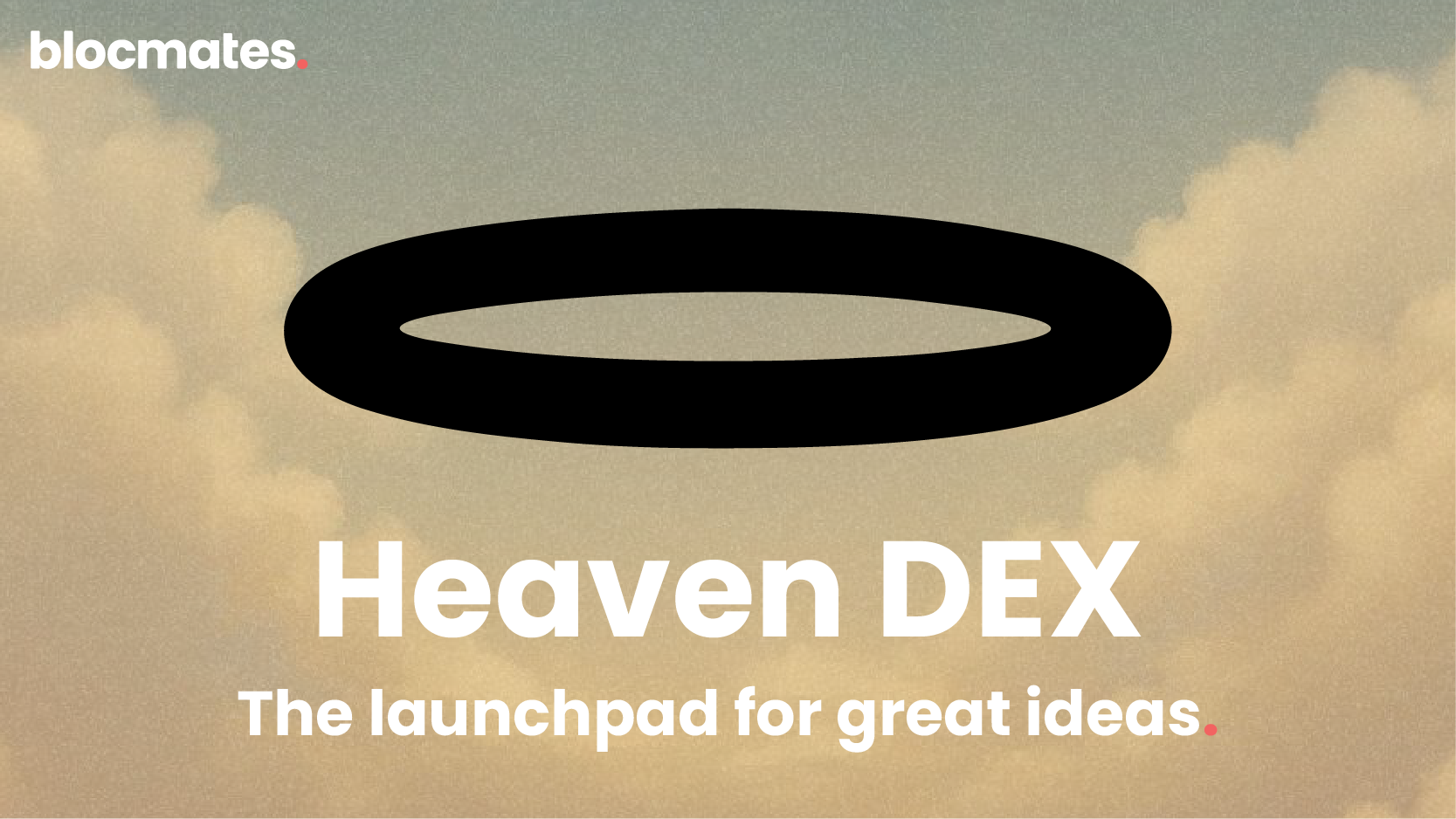
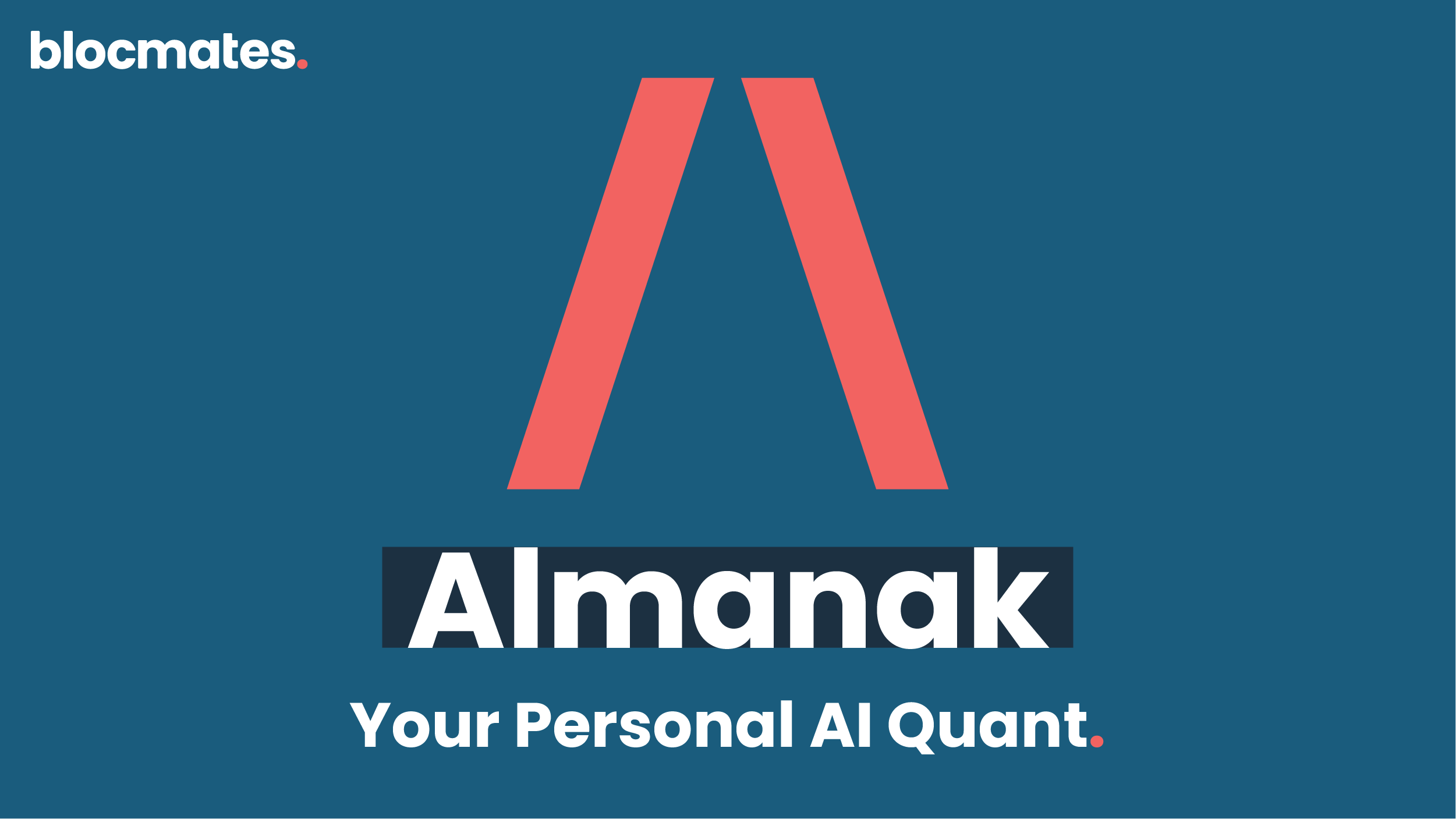
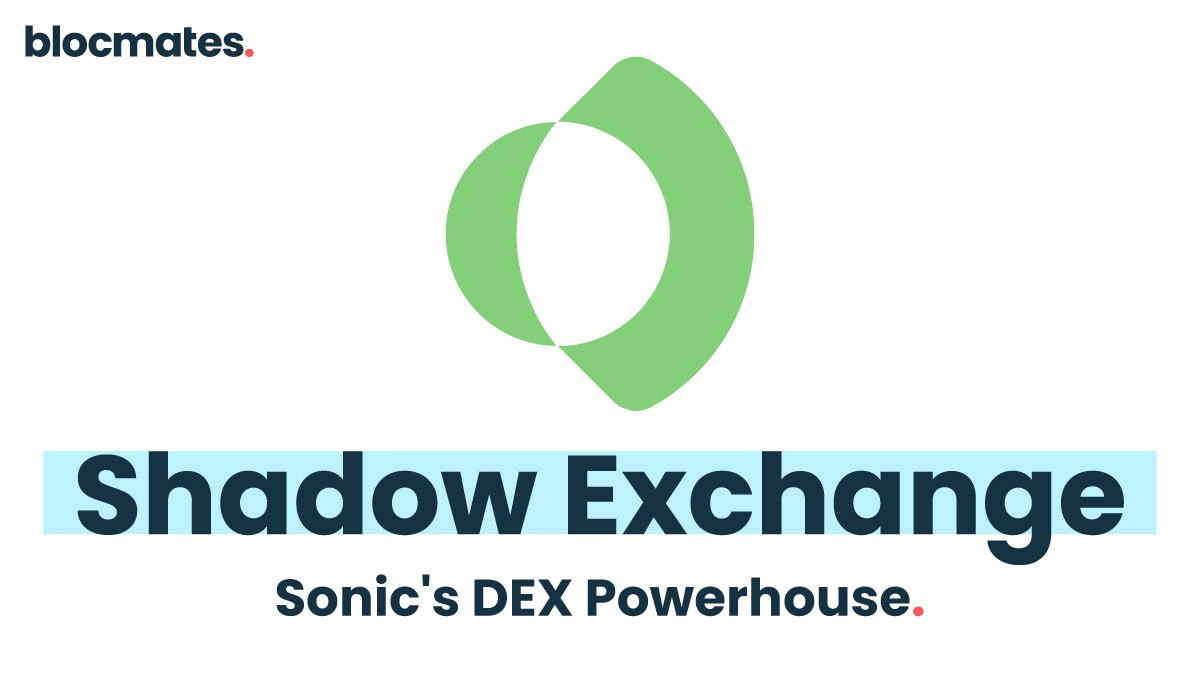
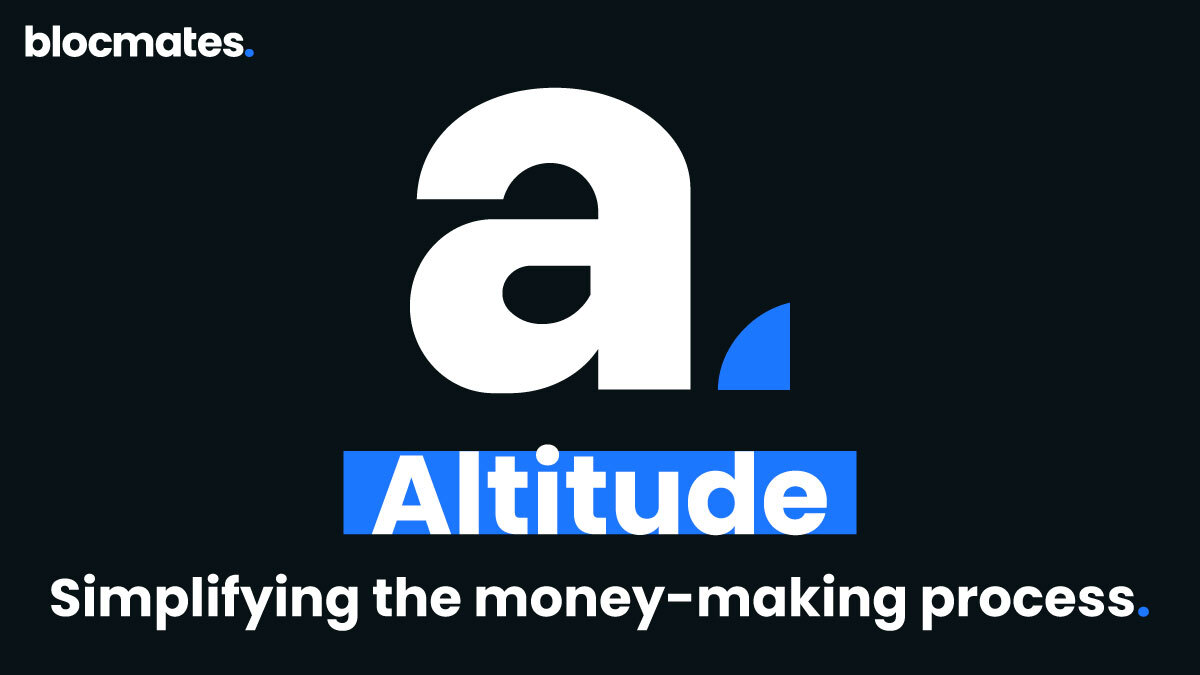
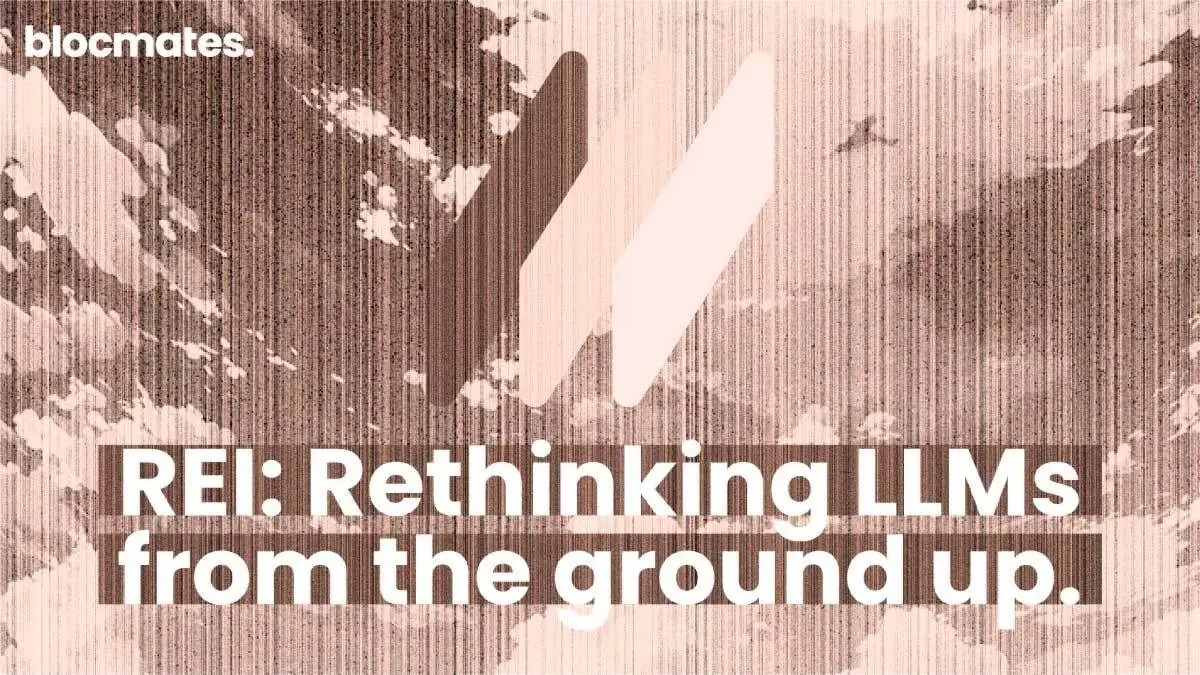
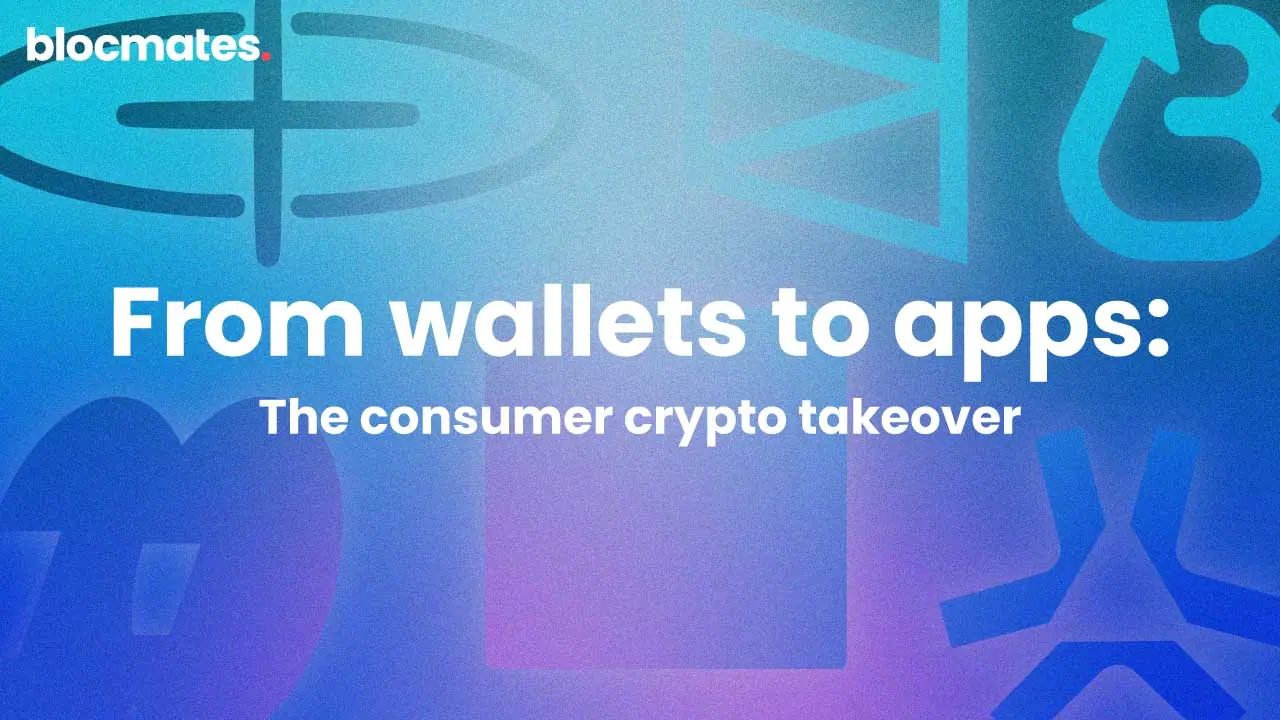
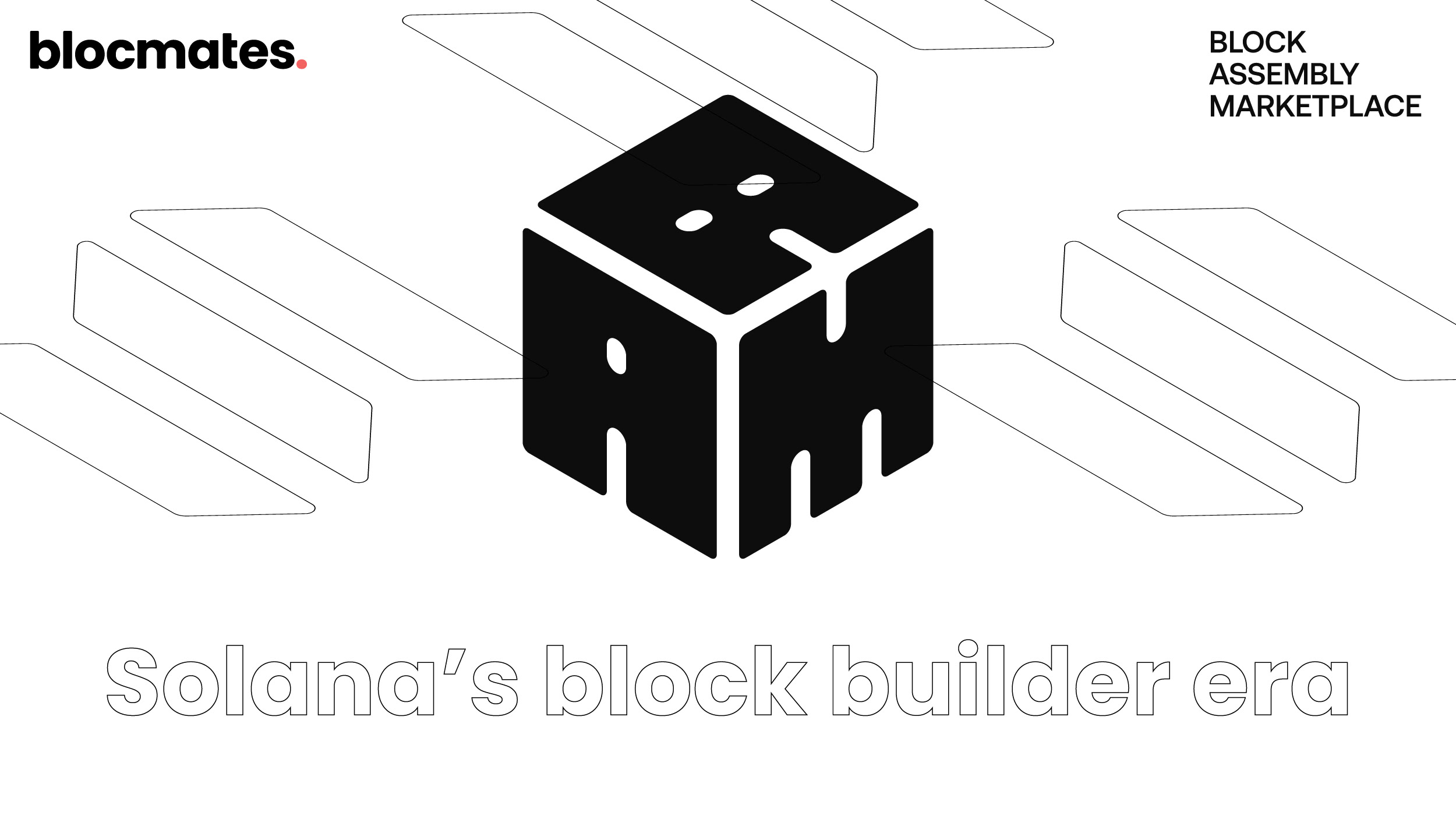
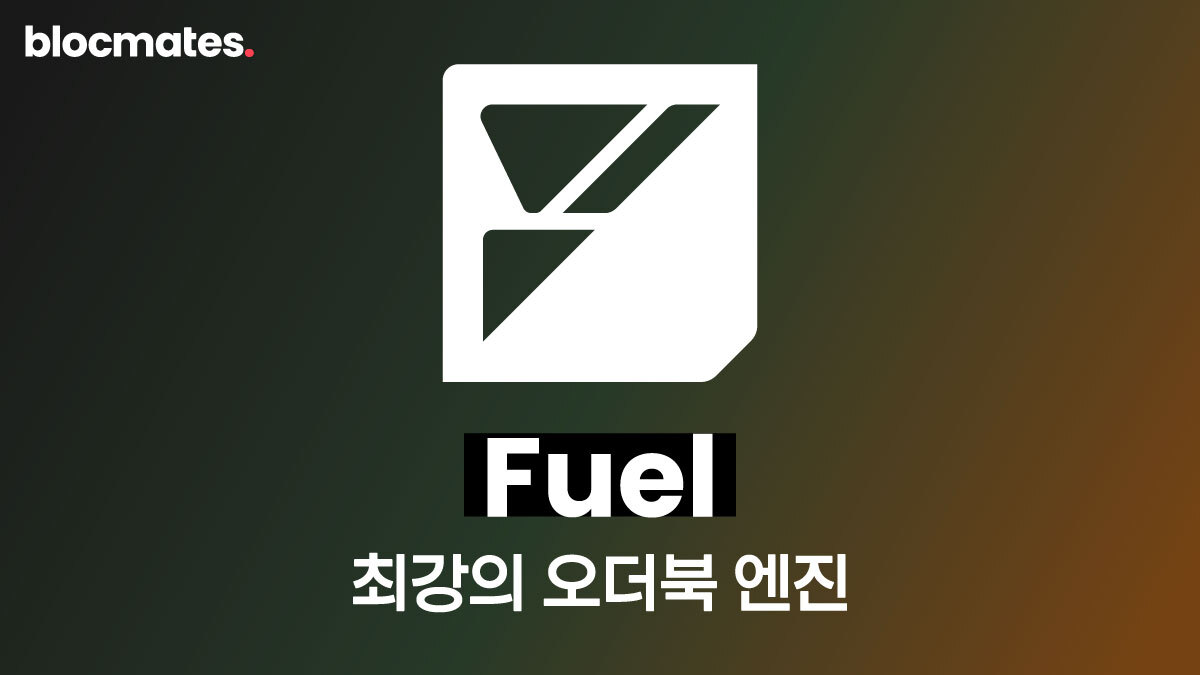
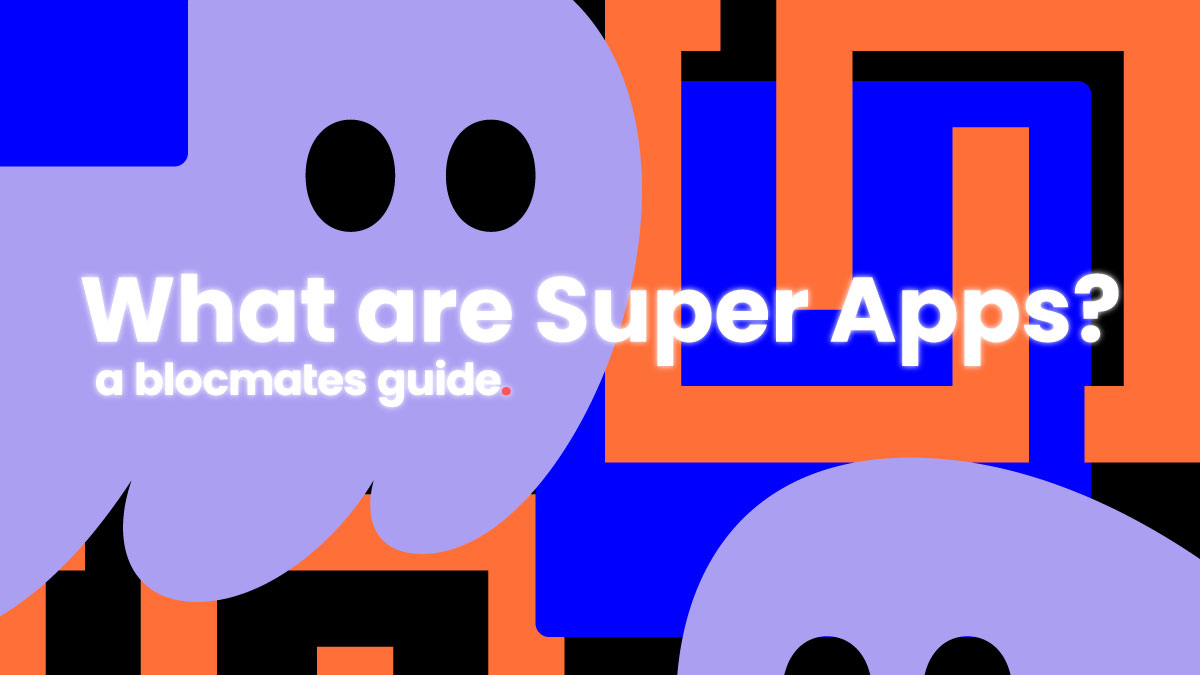
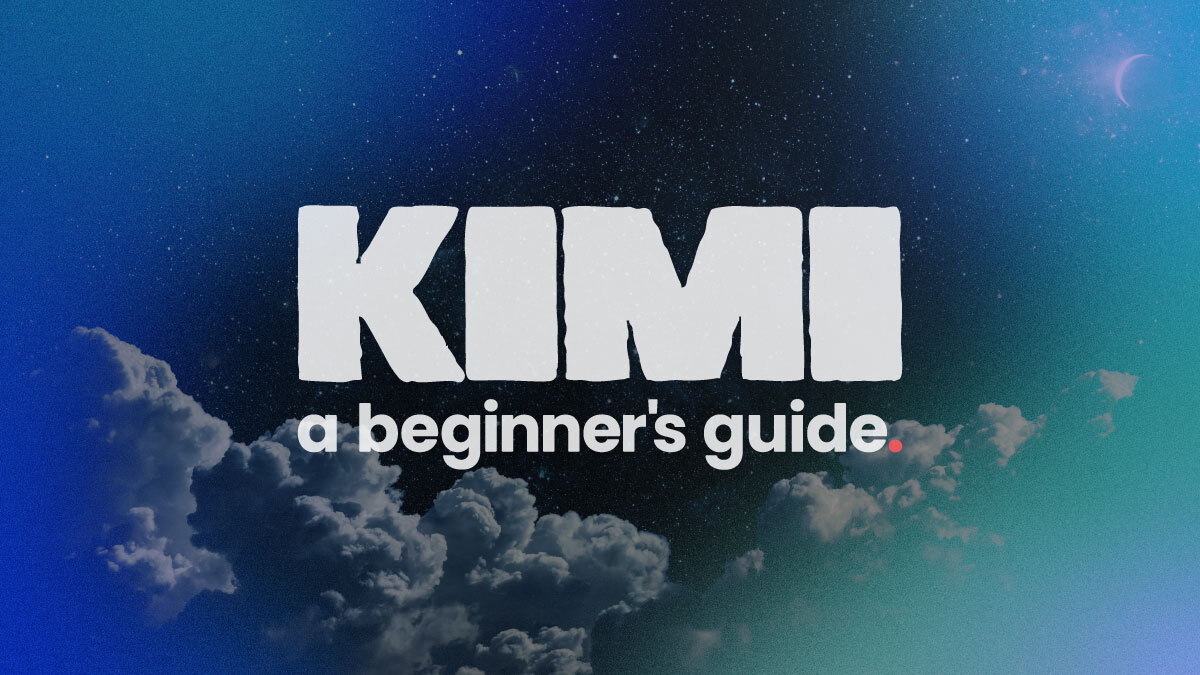
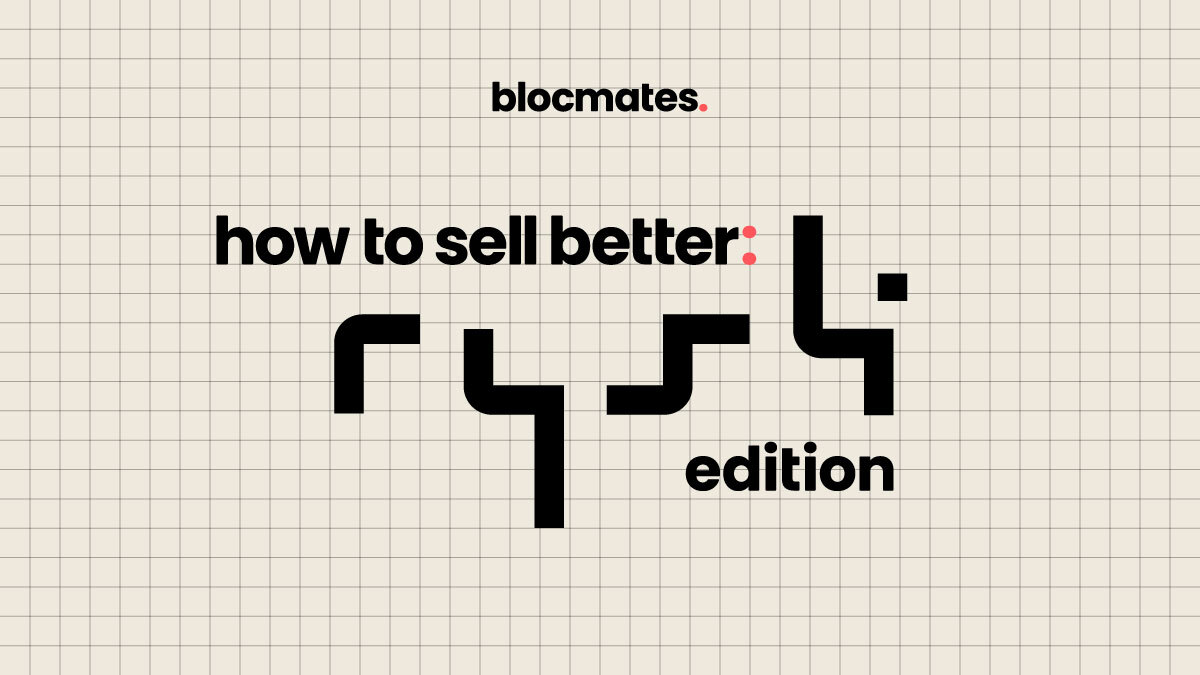


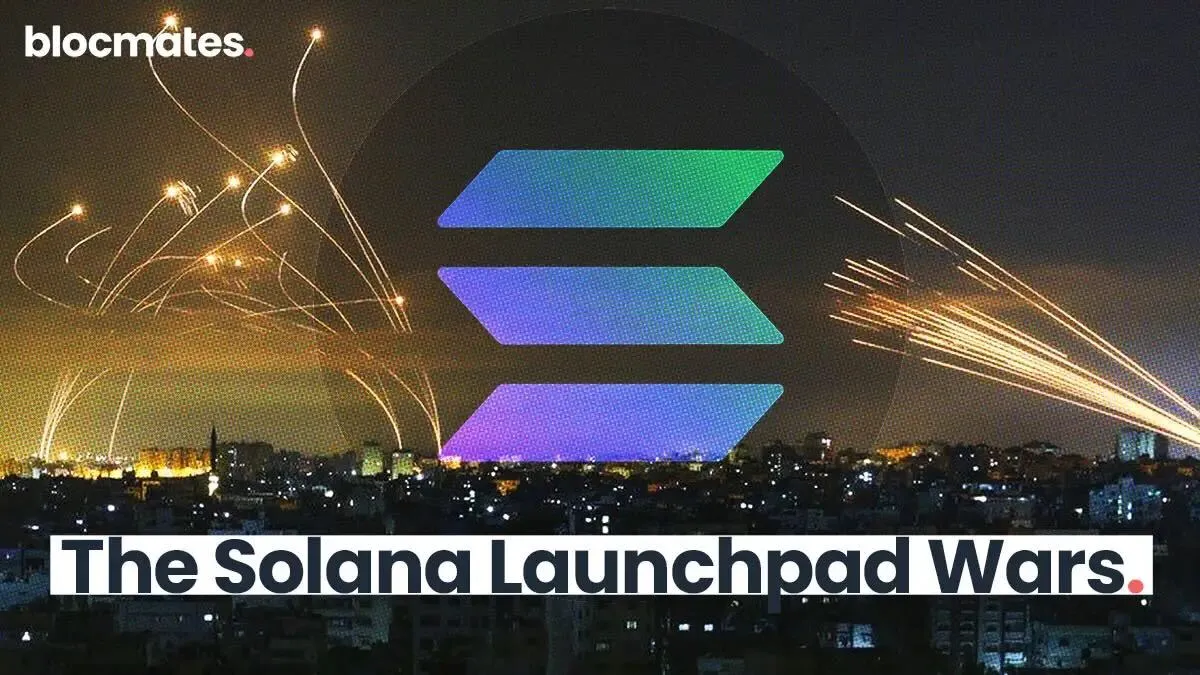




















%202.webp)


.webp)

.webp)
.webp)
.webp)


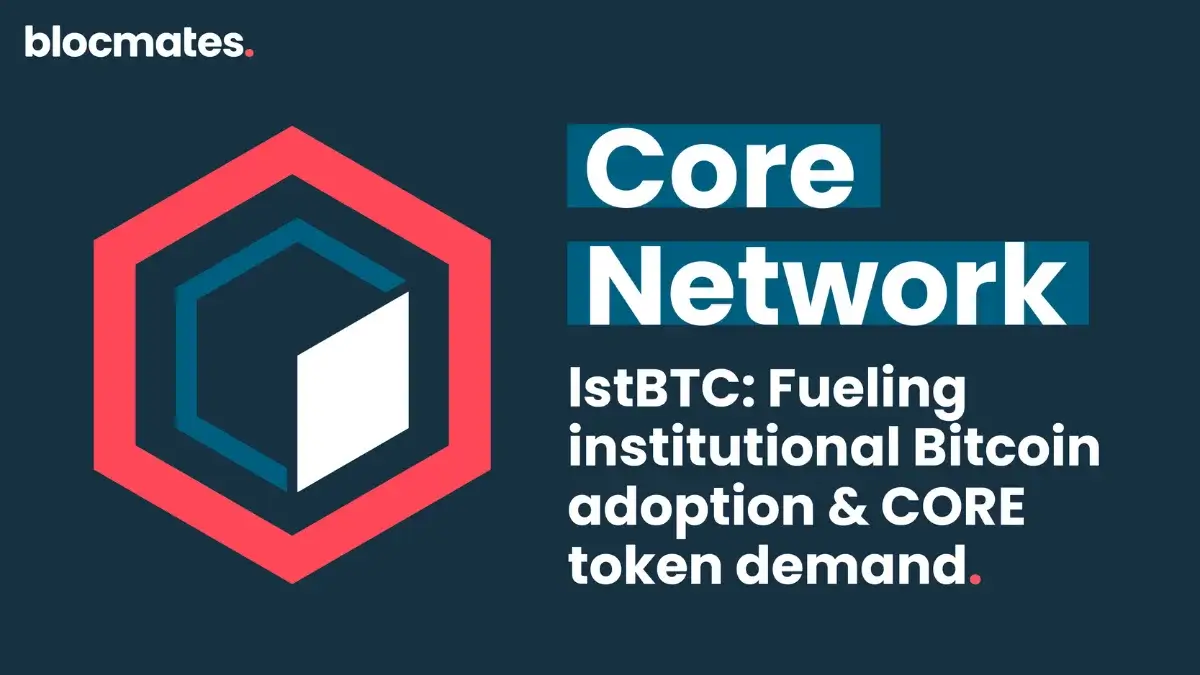
.webp)

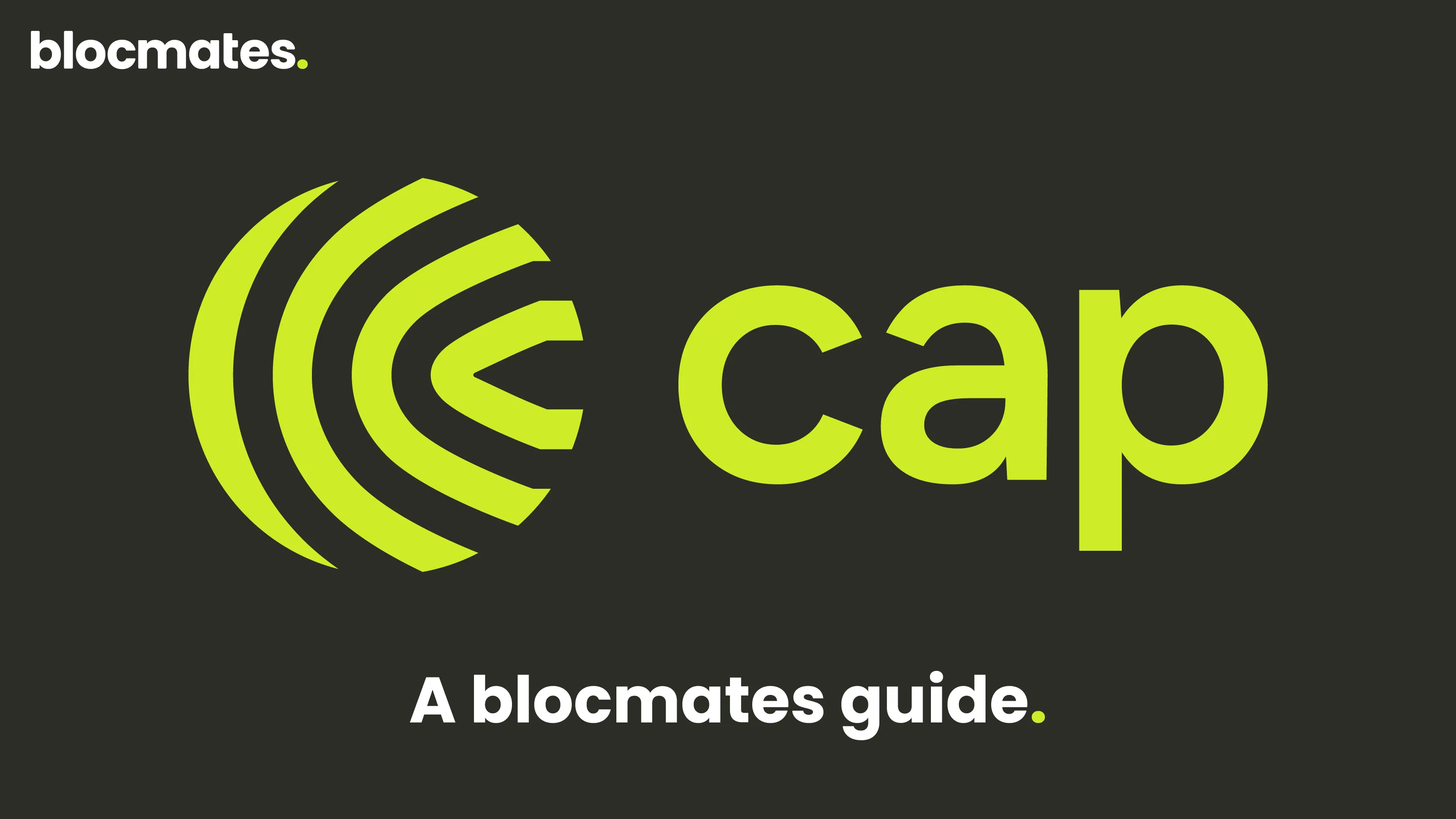










%20the%20Next%20Big%20Unlock%20in%20AI.webp)











.webp)
.webp)

.webp)
.webp)
.webp)


.webp)
.webp)










.webp)


.webp)









.webp)







.webp)




.webp)






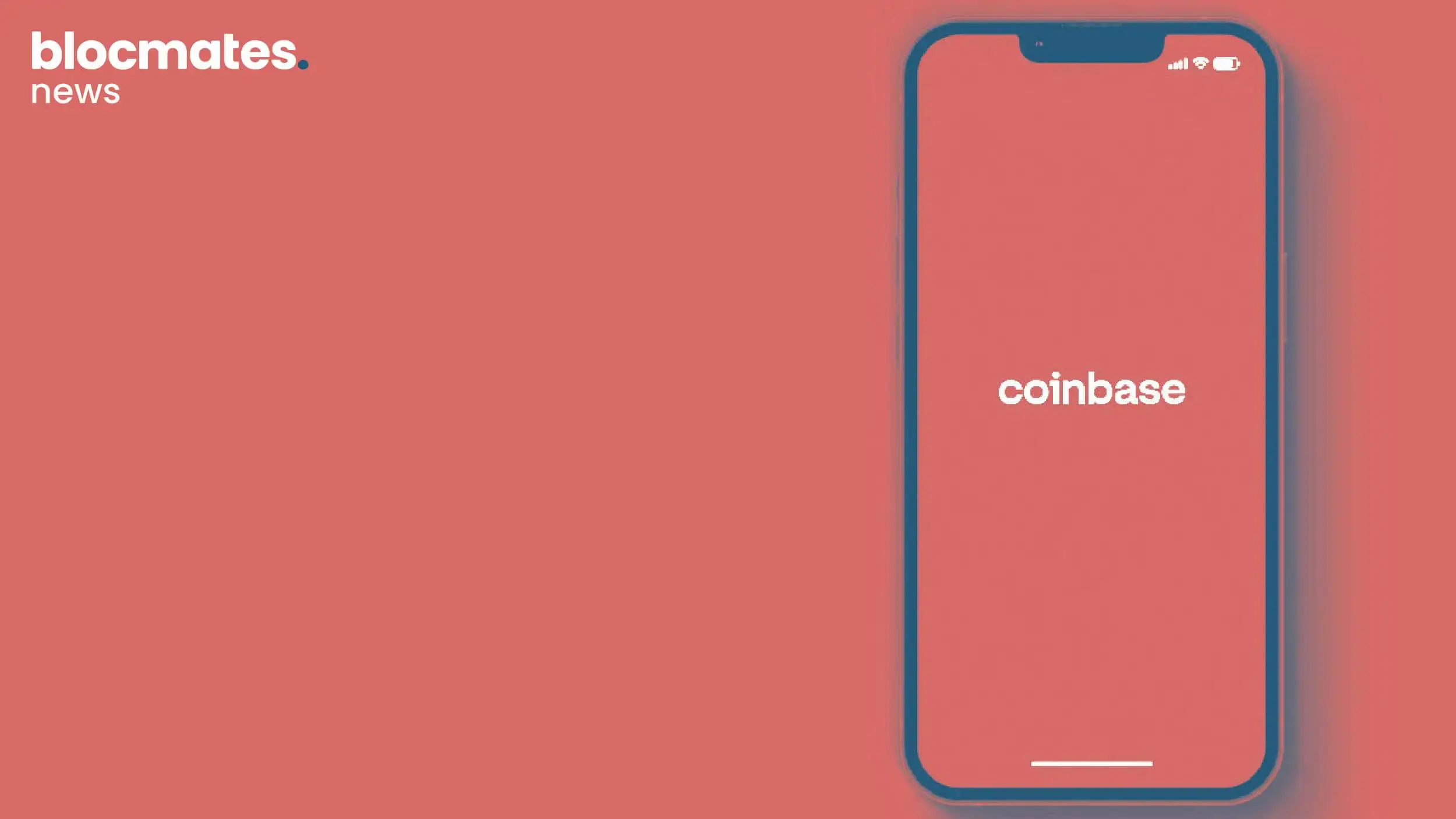

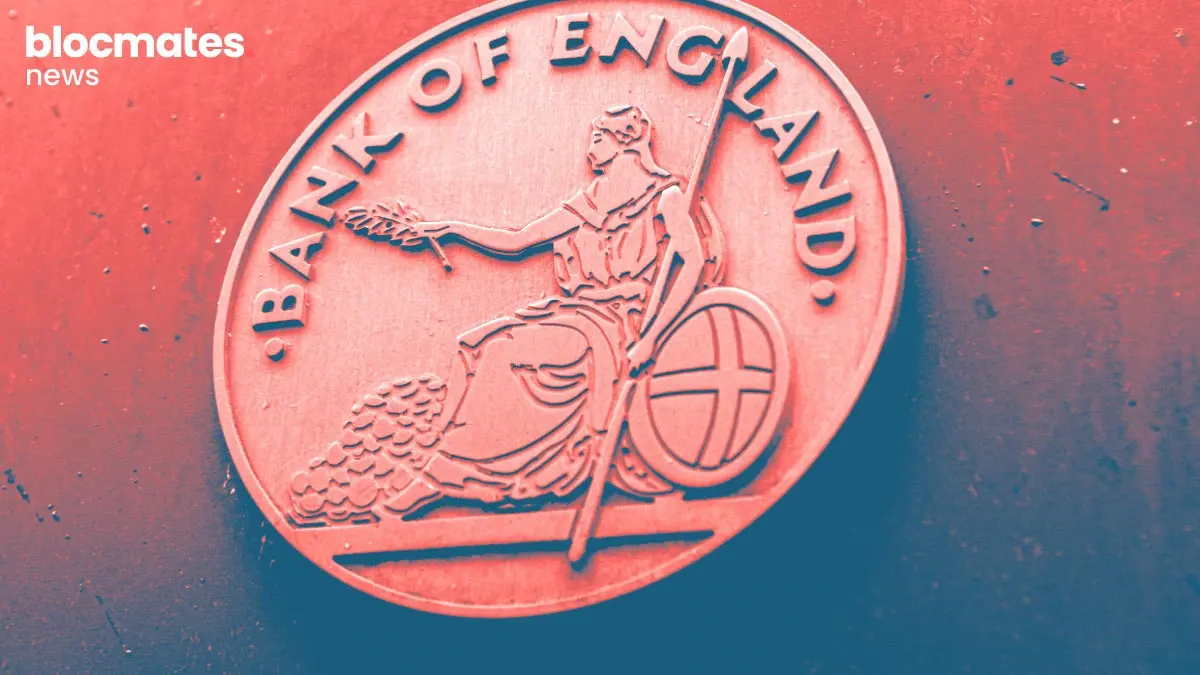


.webp)
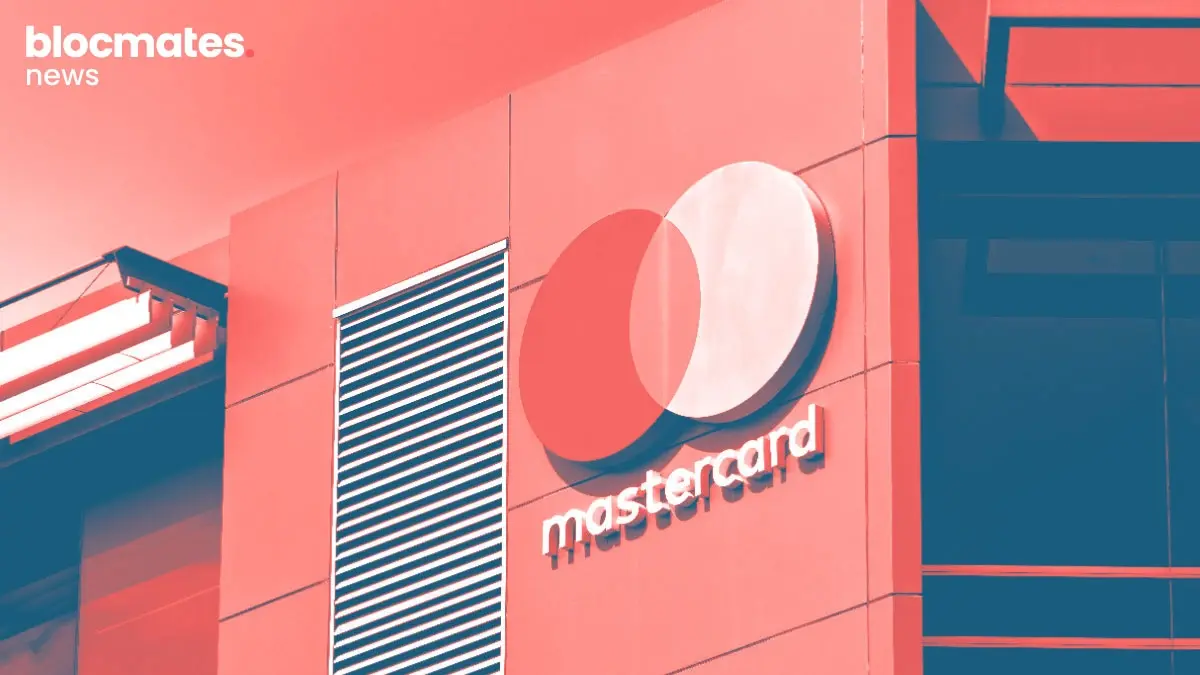




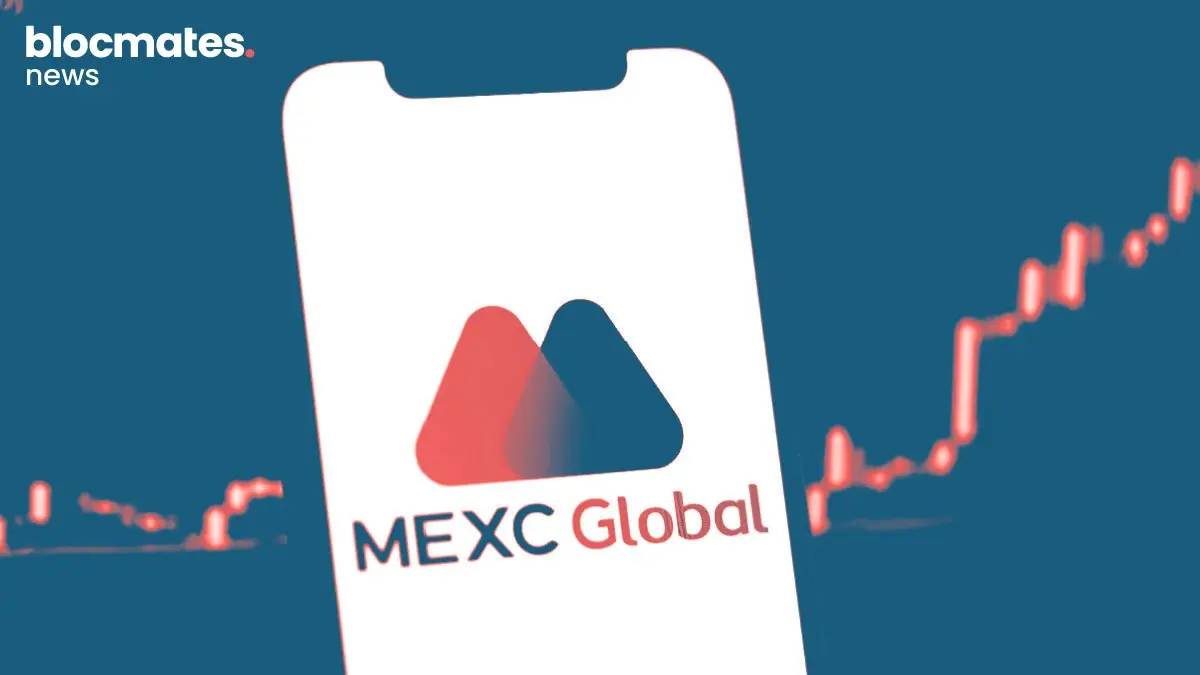

.webp)

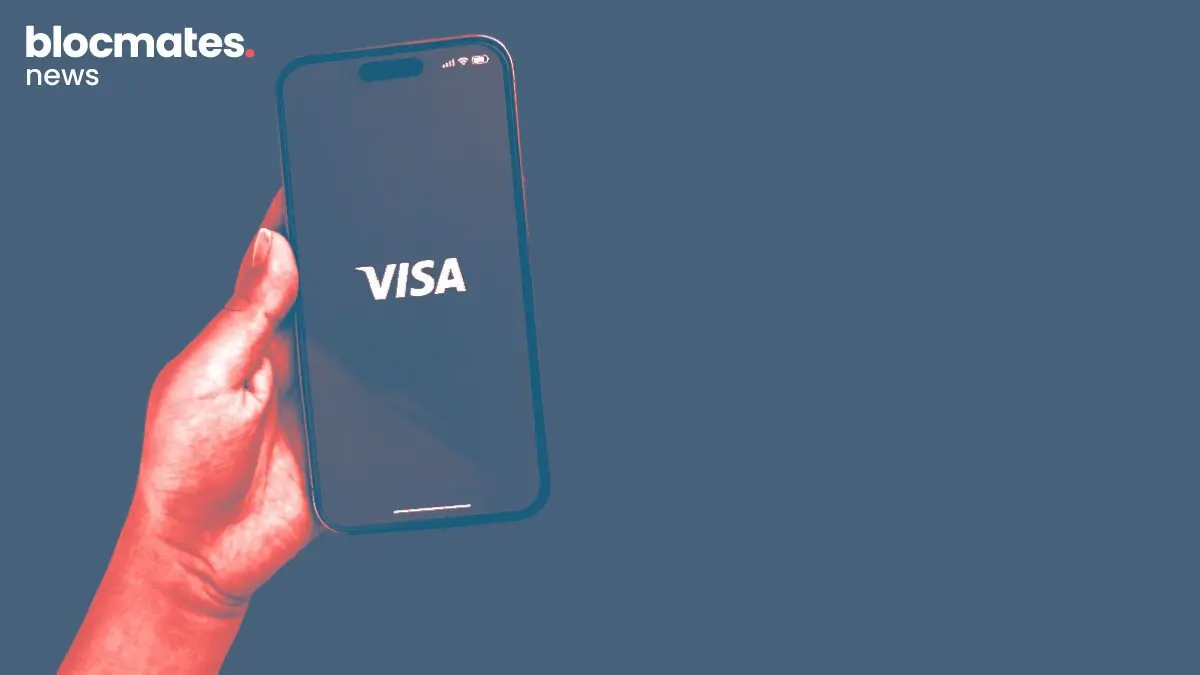
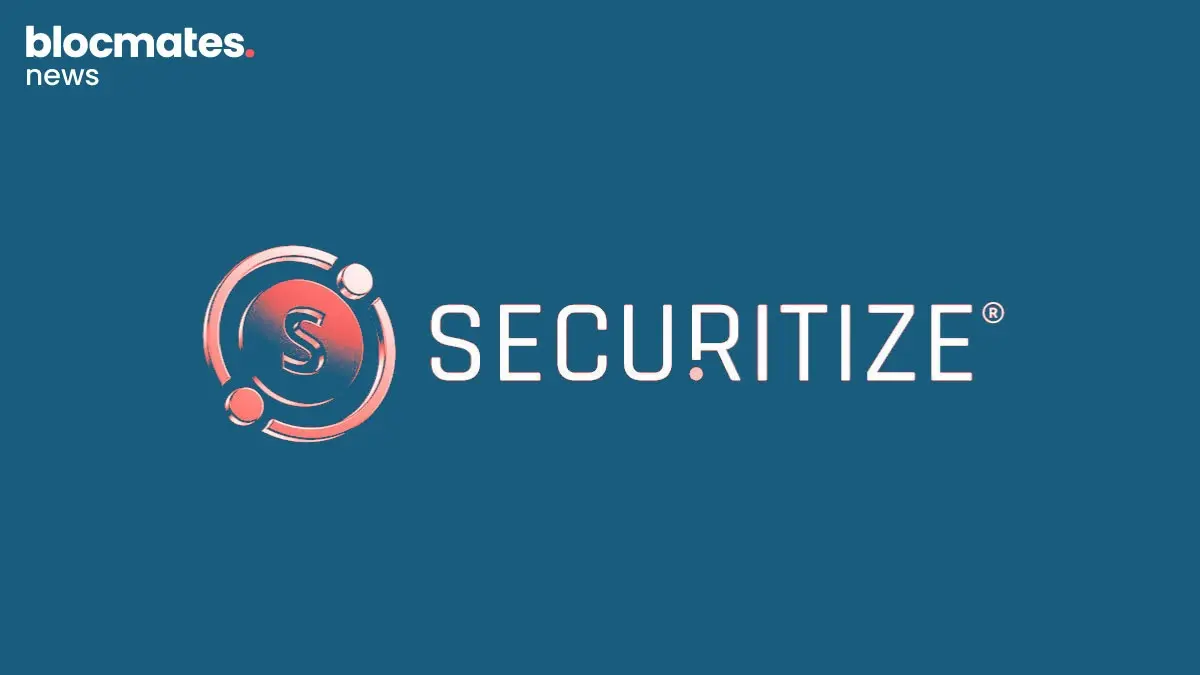
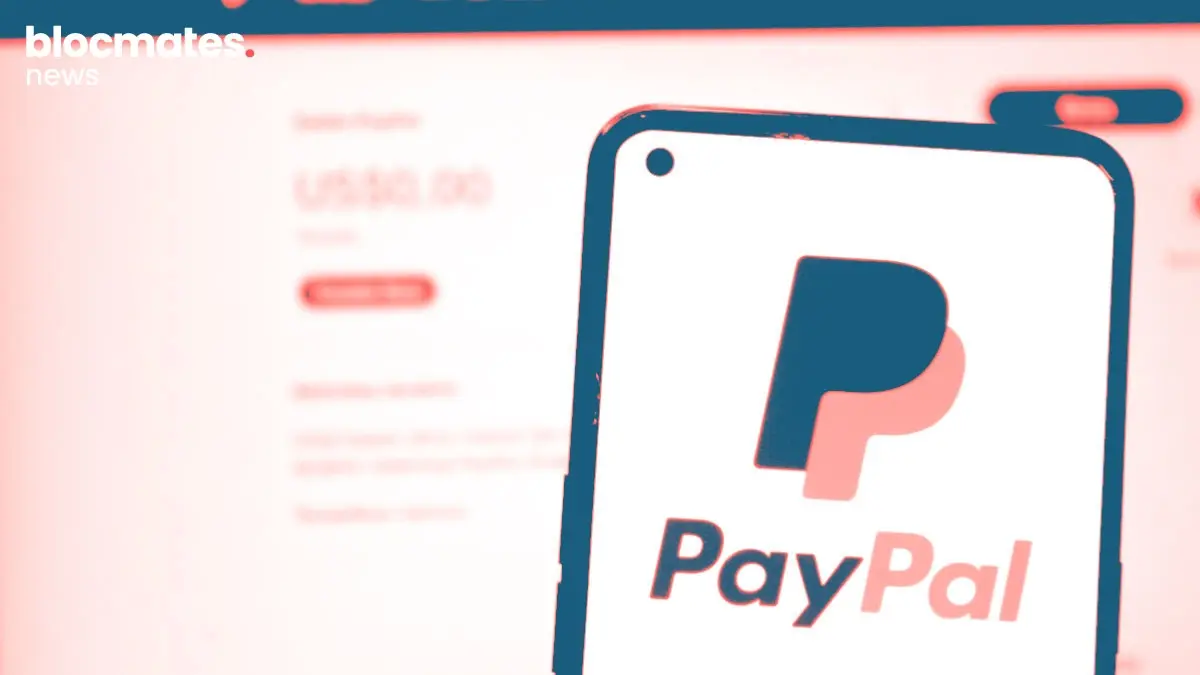
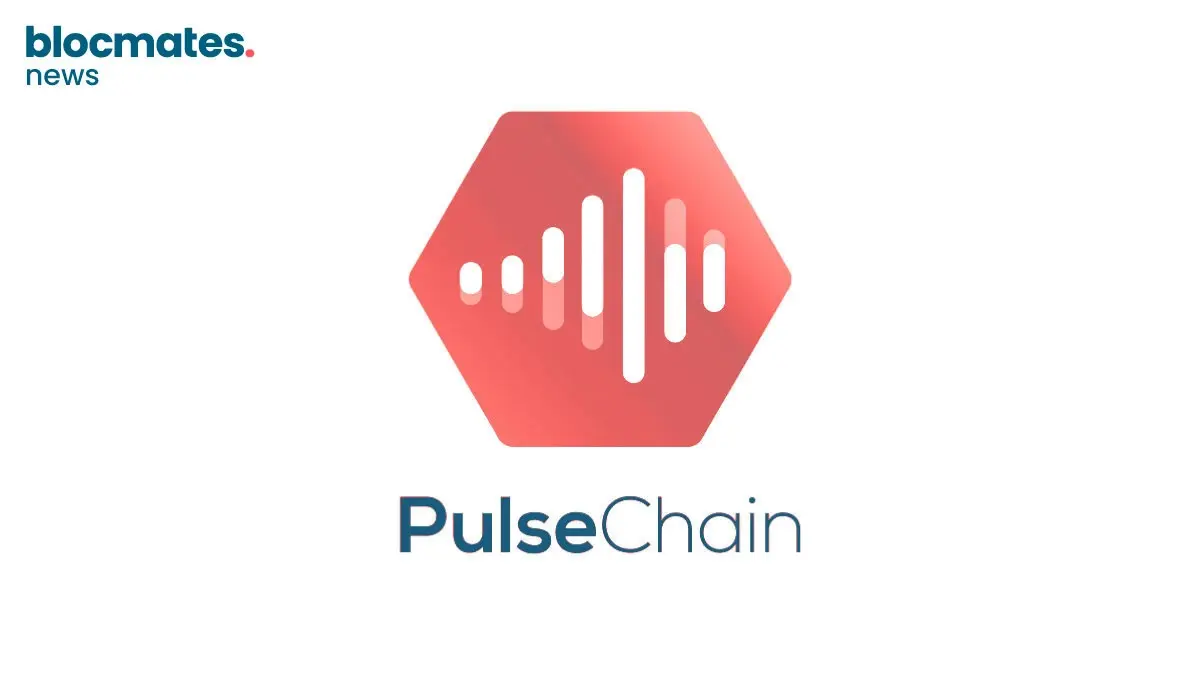
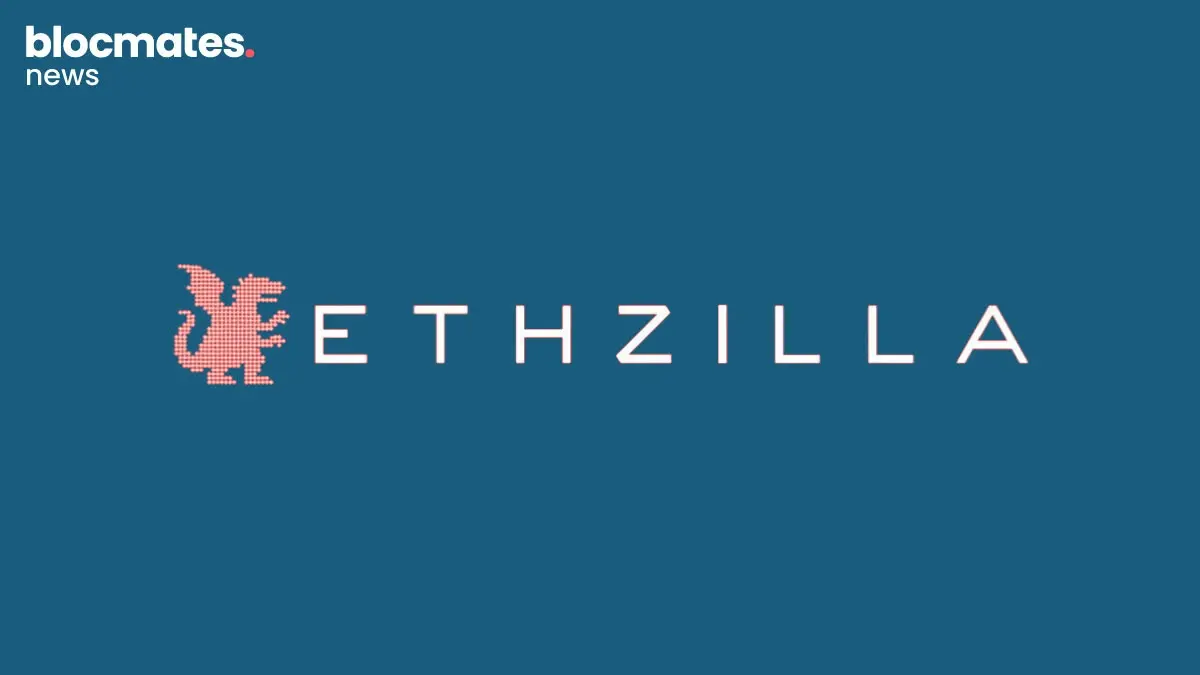
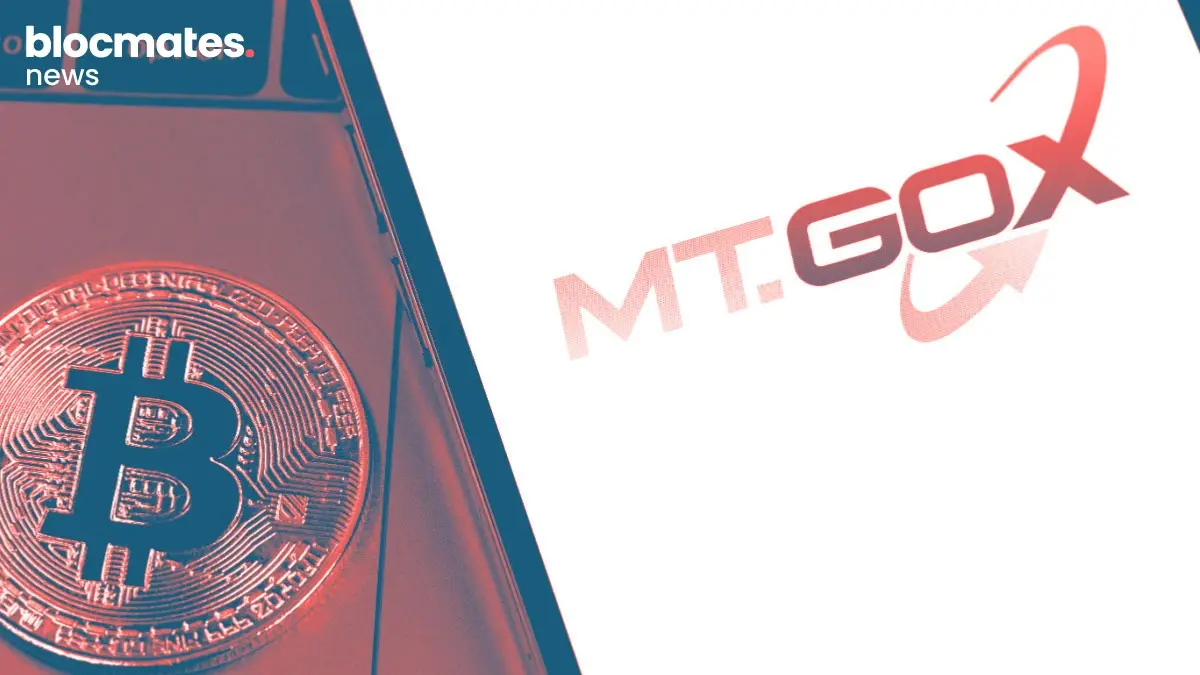

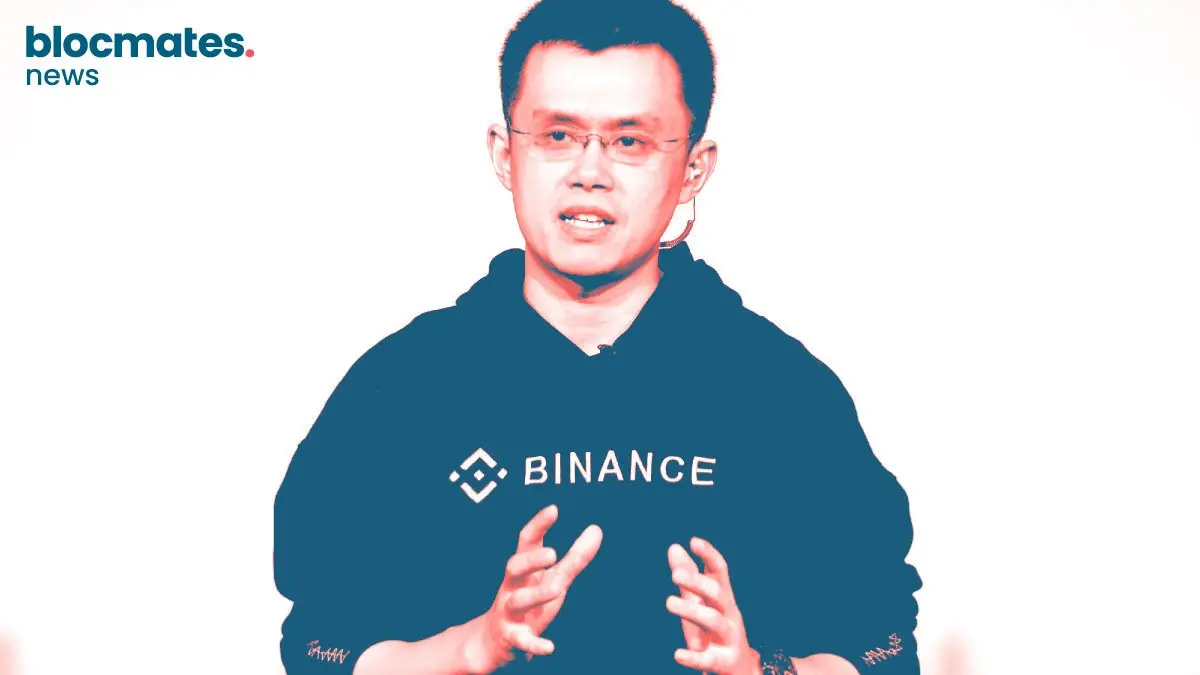


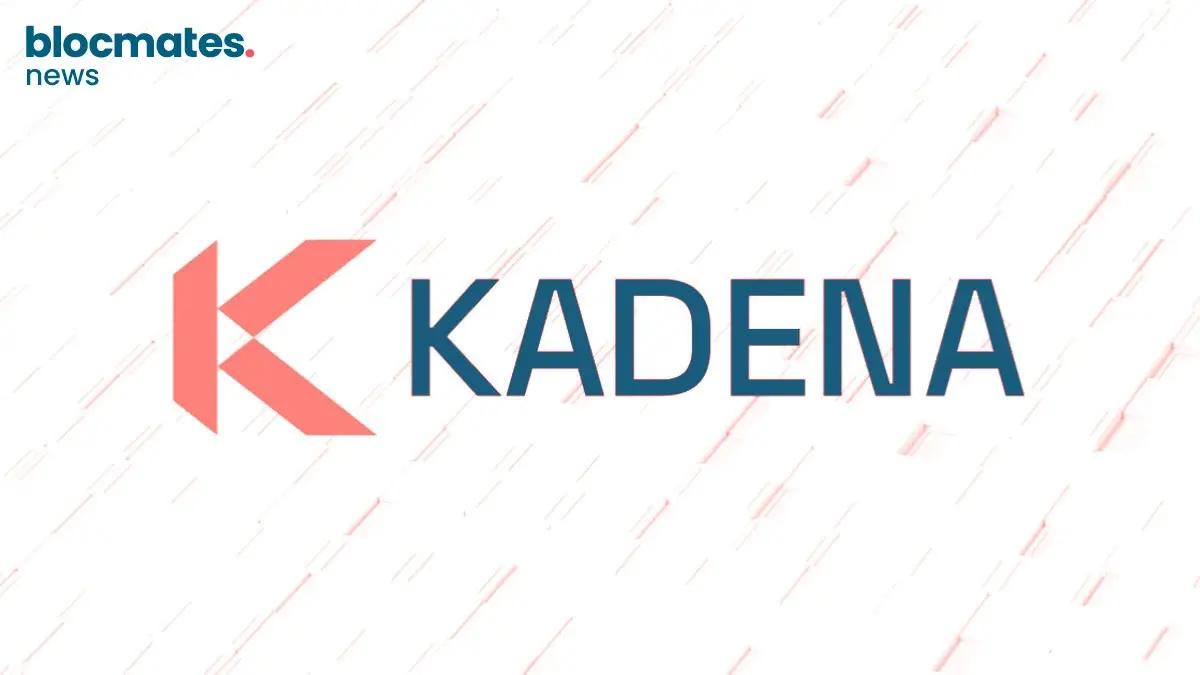
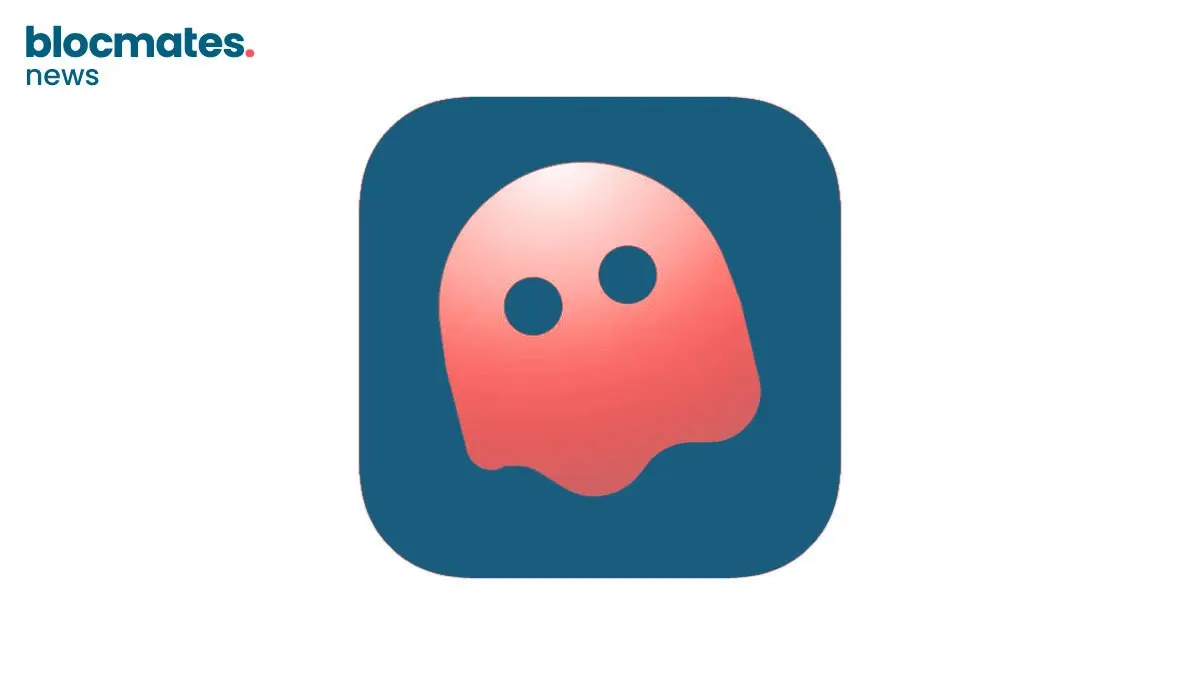
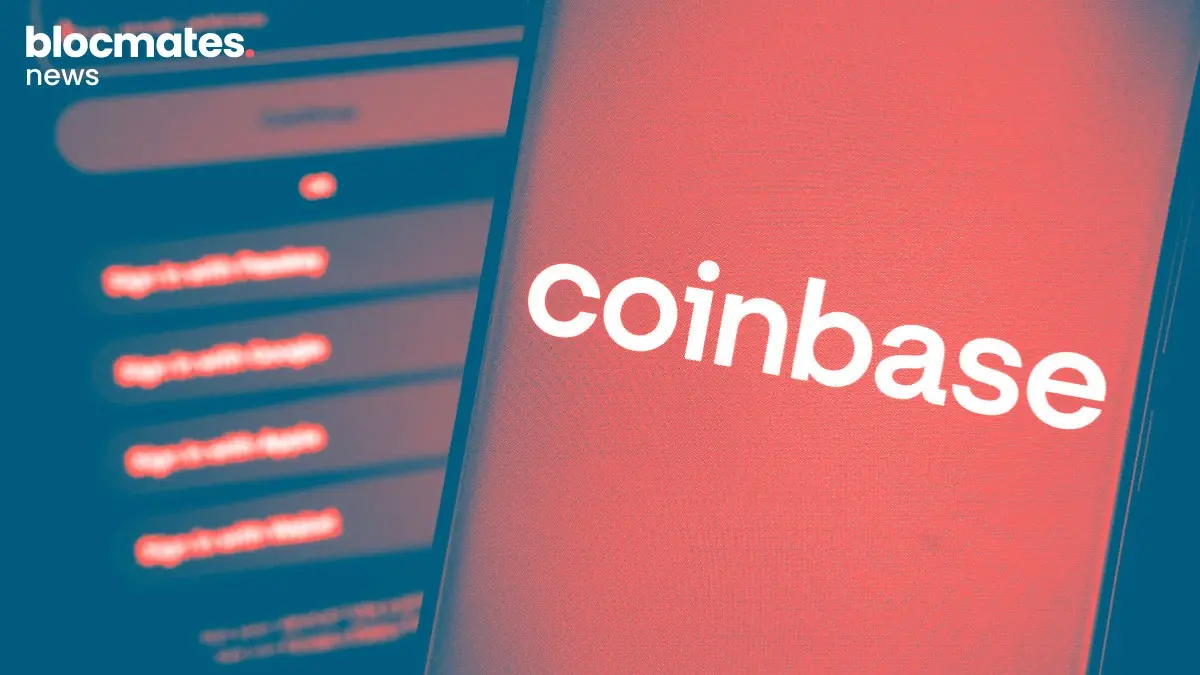

.webp)

.webp)
.webp)

.webp)


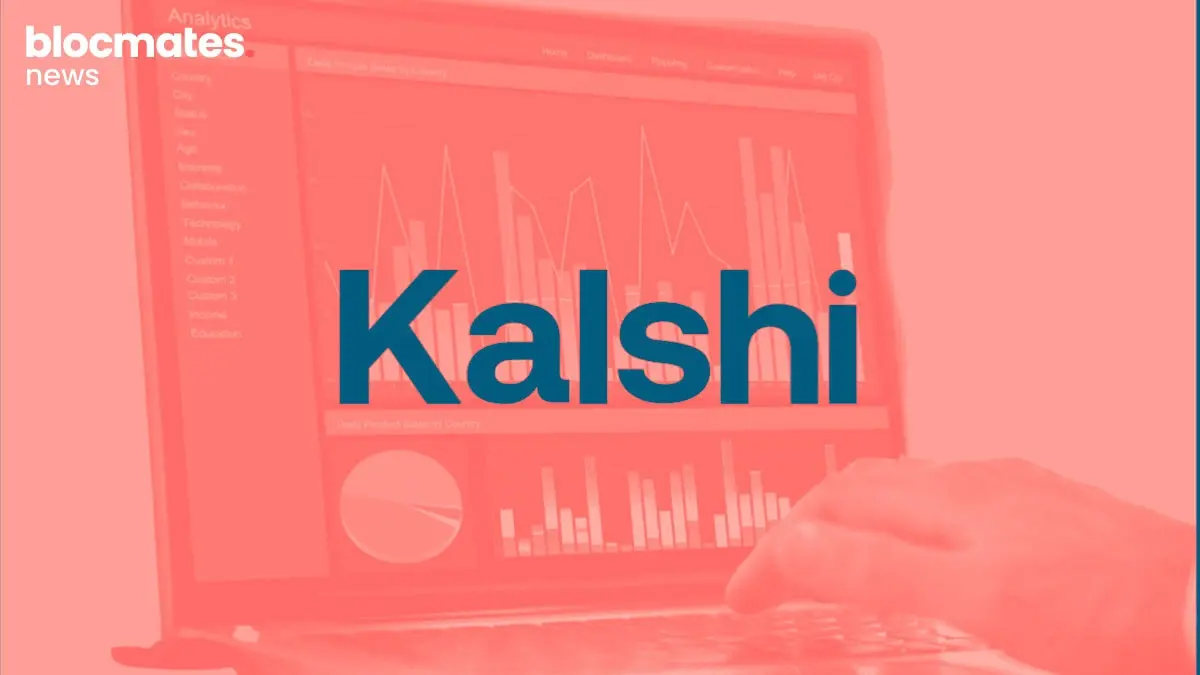
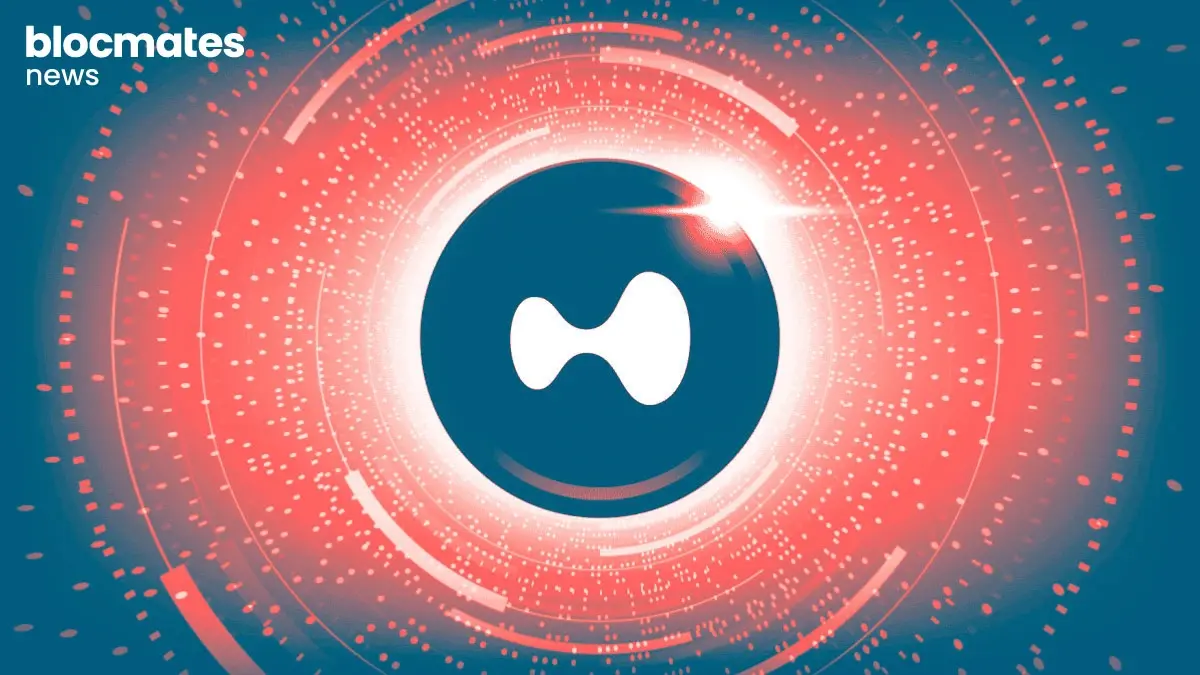



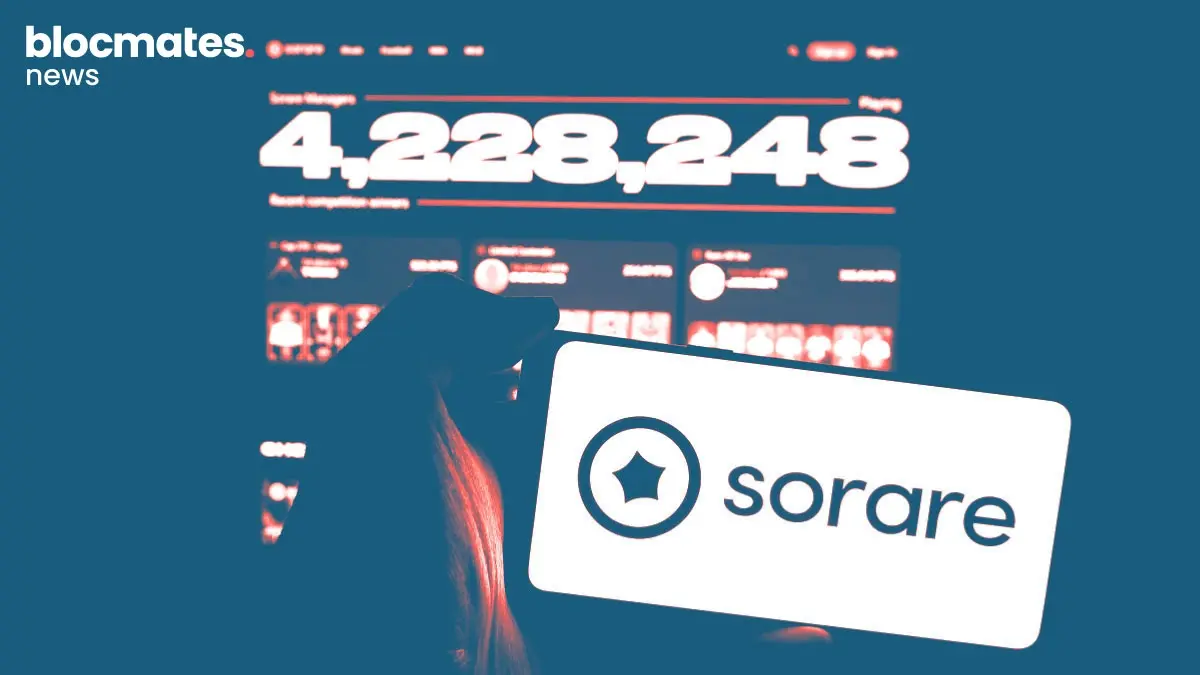
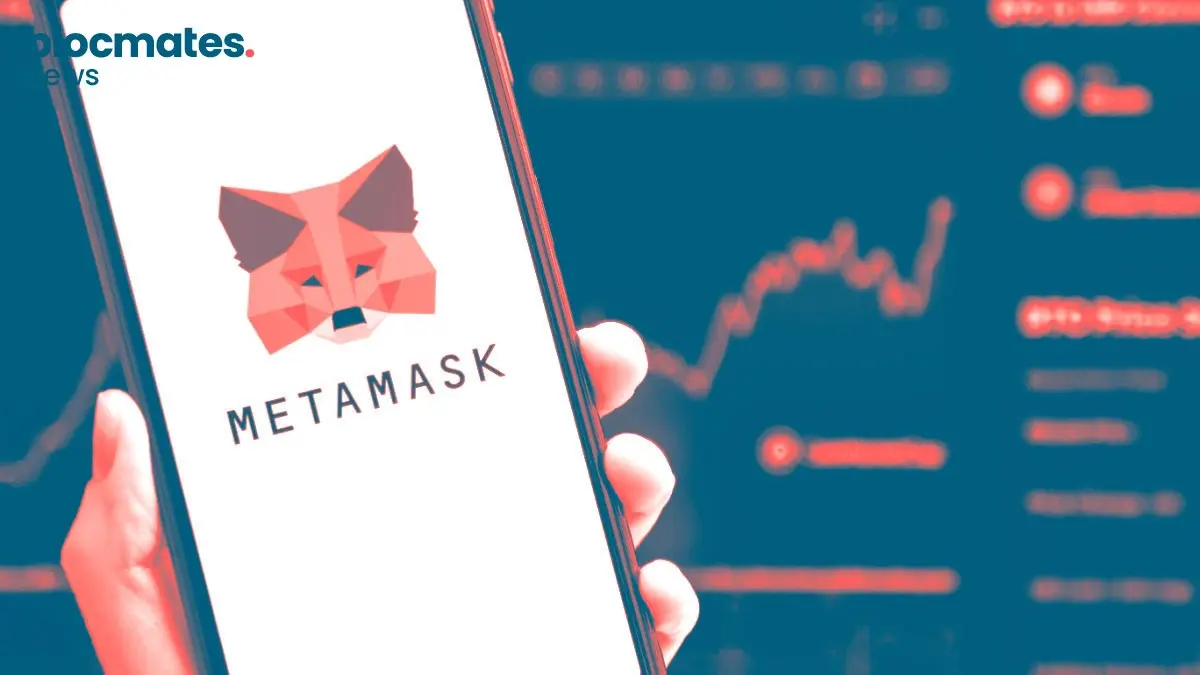
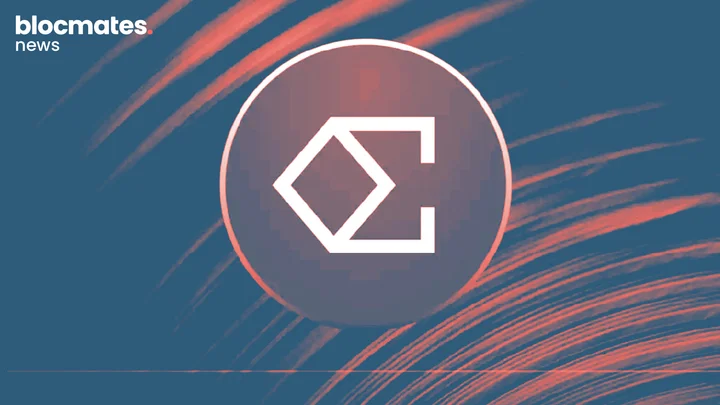
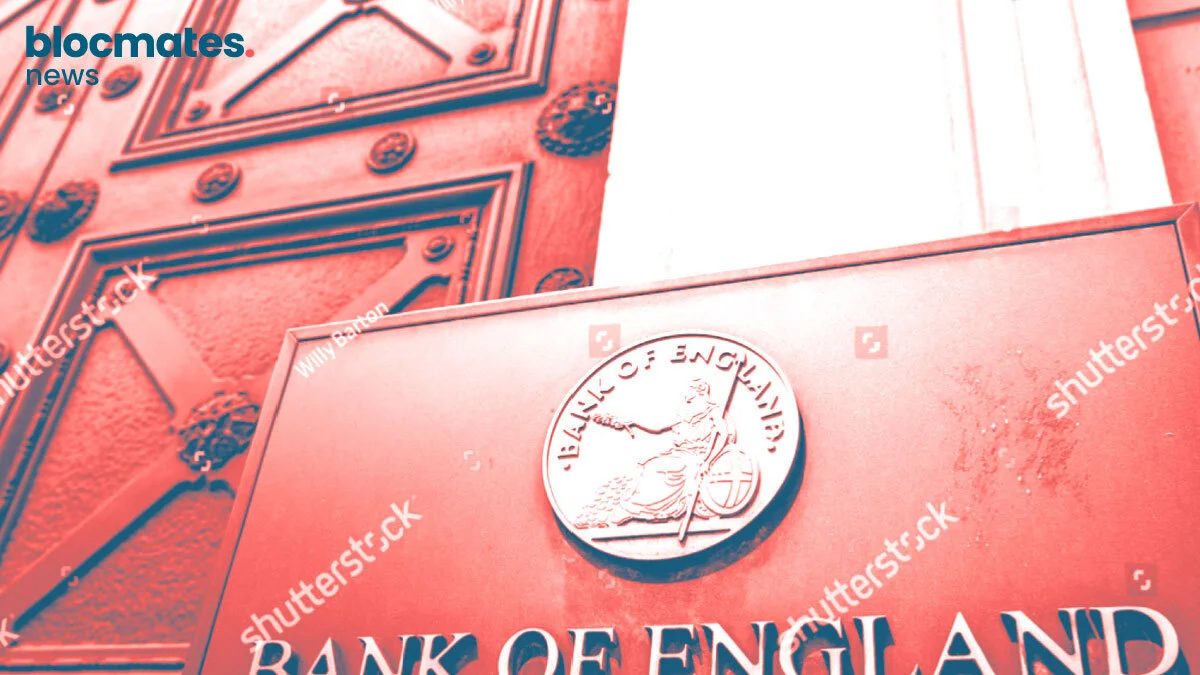


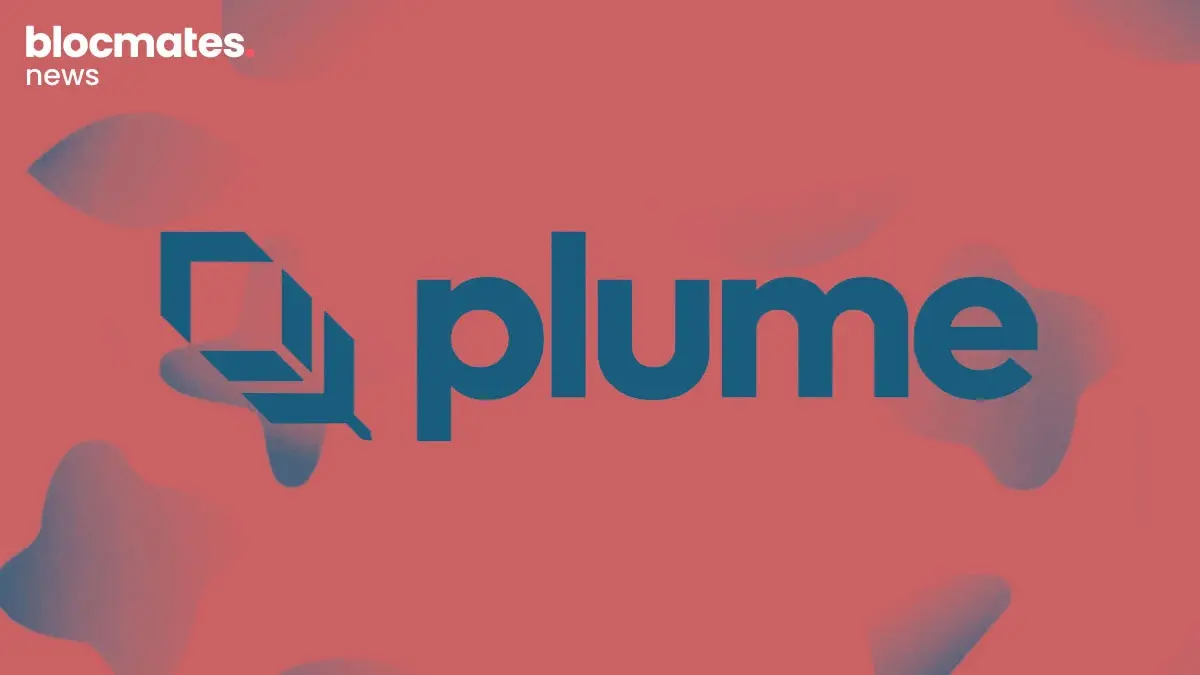

.webp)
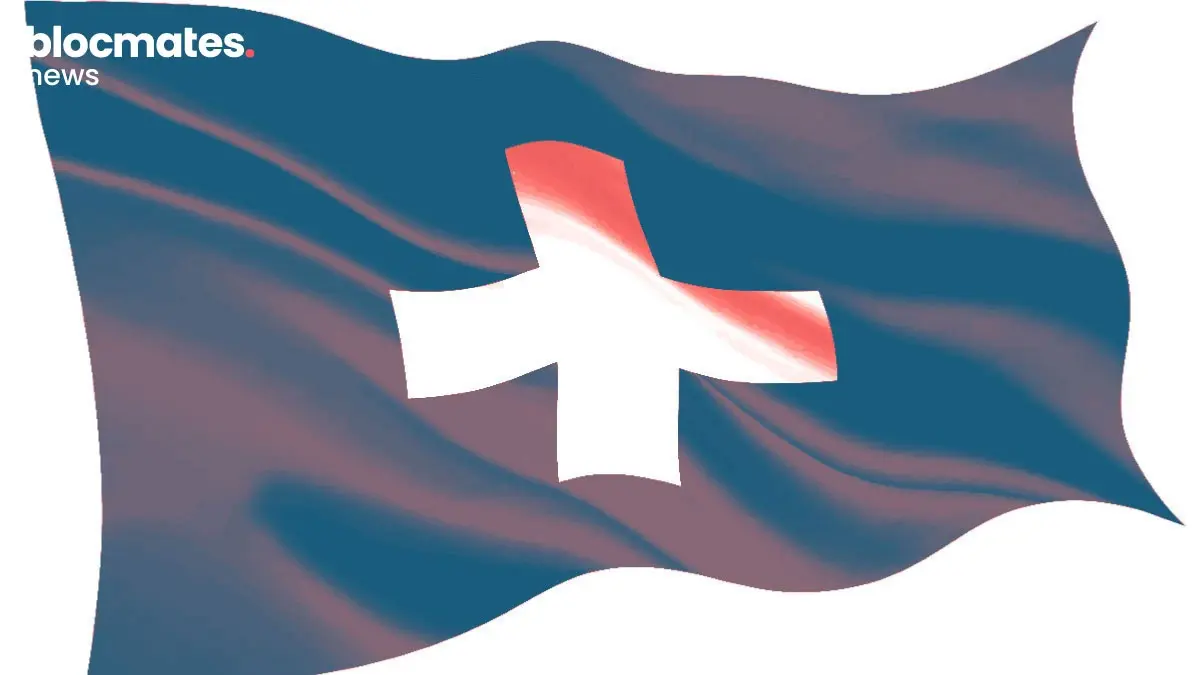
.webp)


.webp)

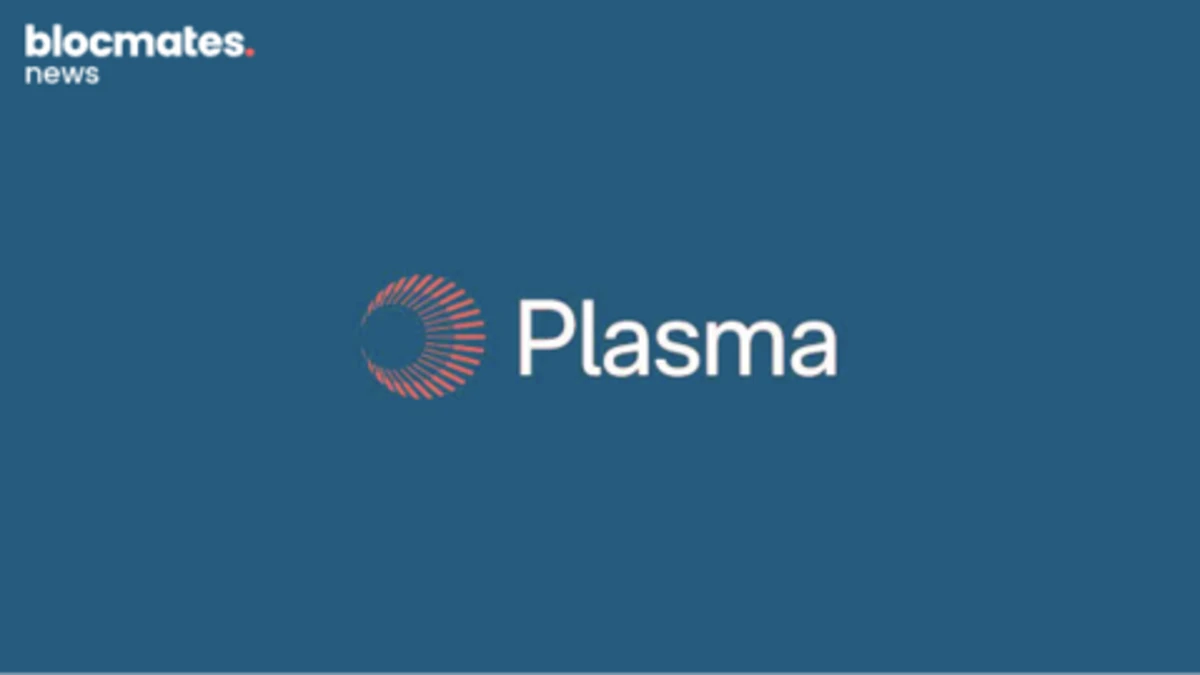

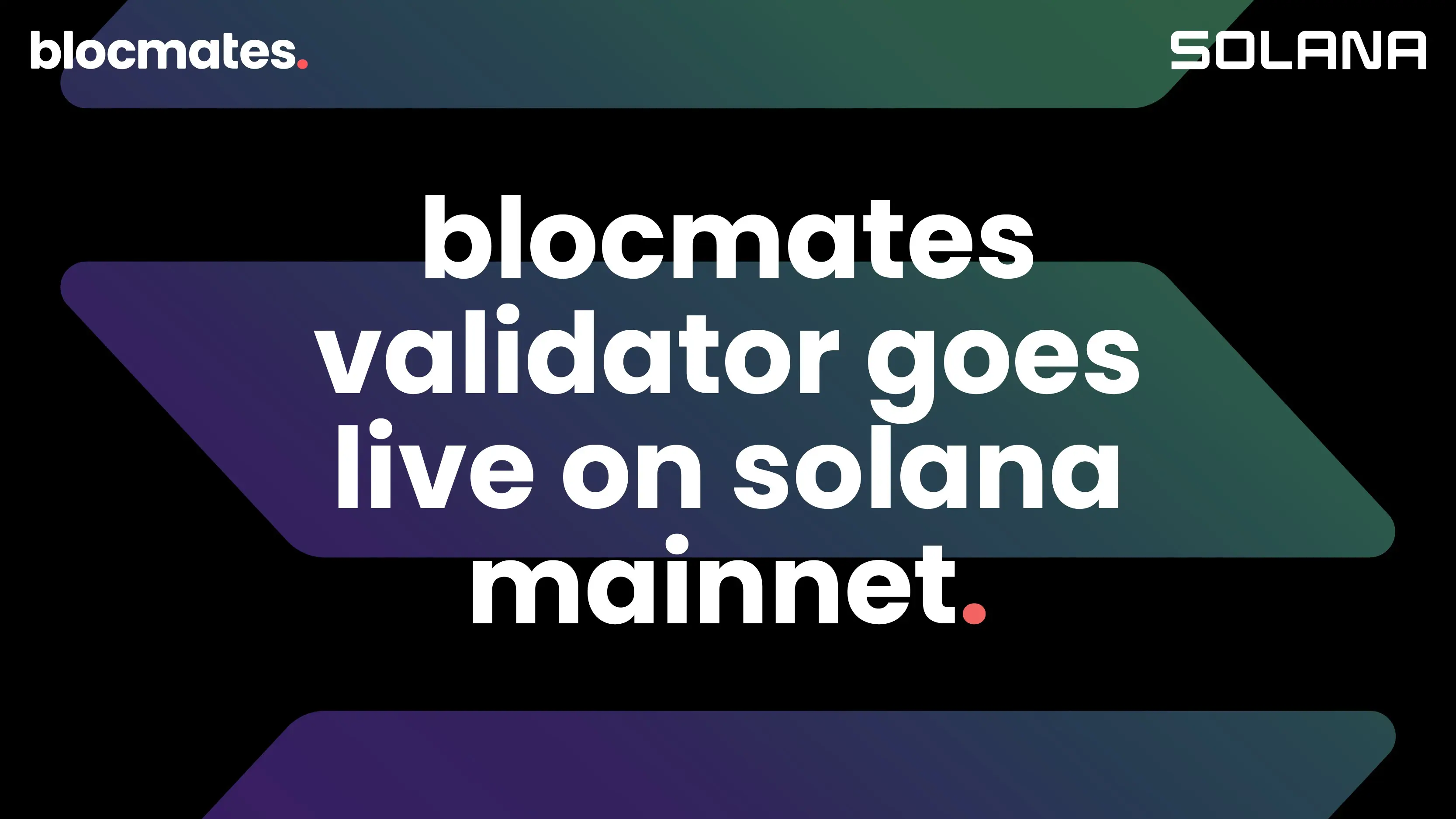
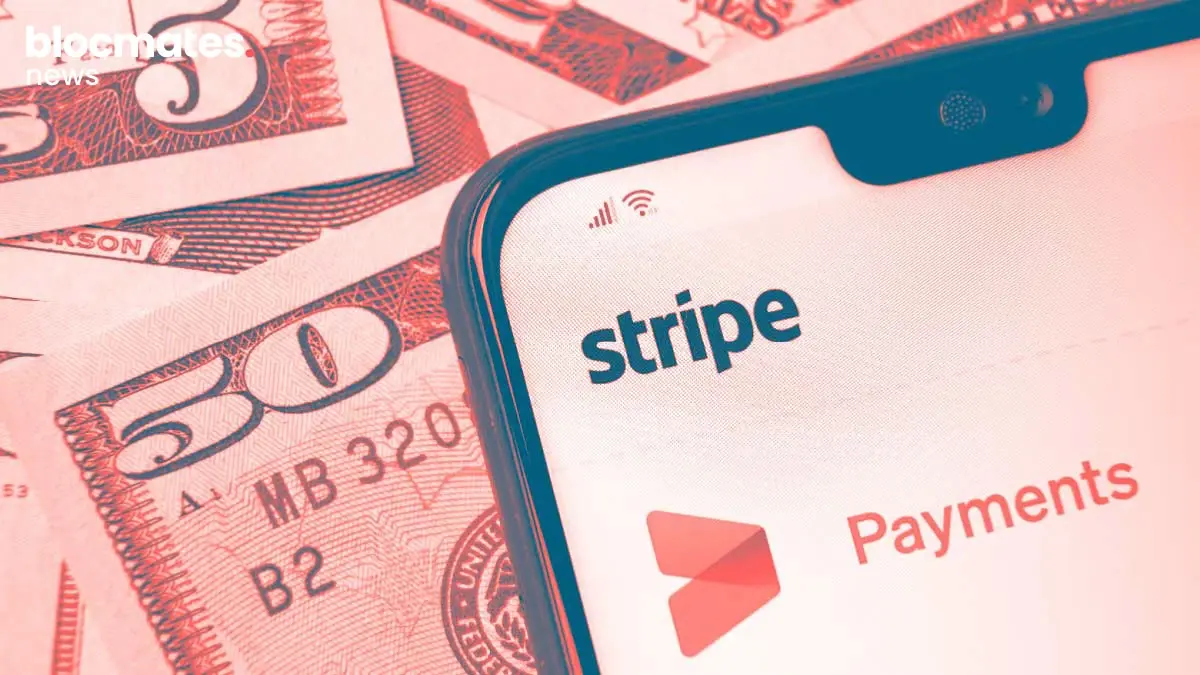



.webp)
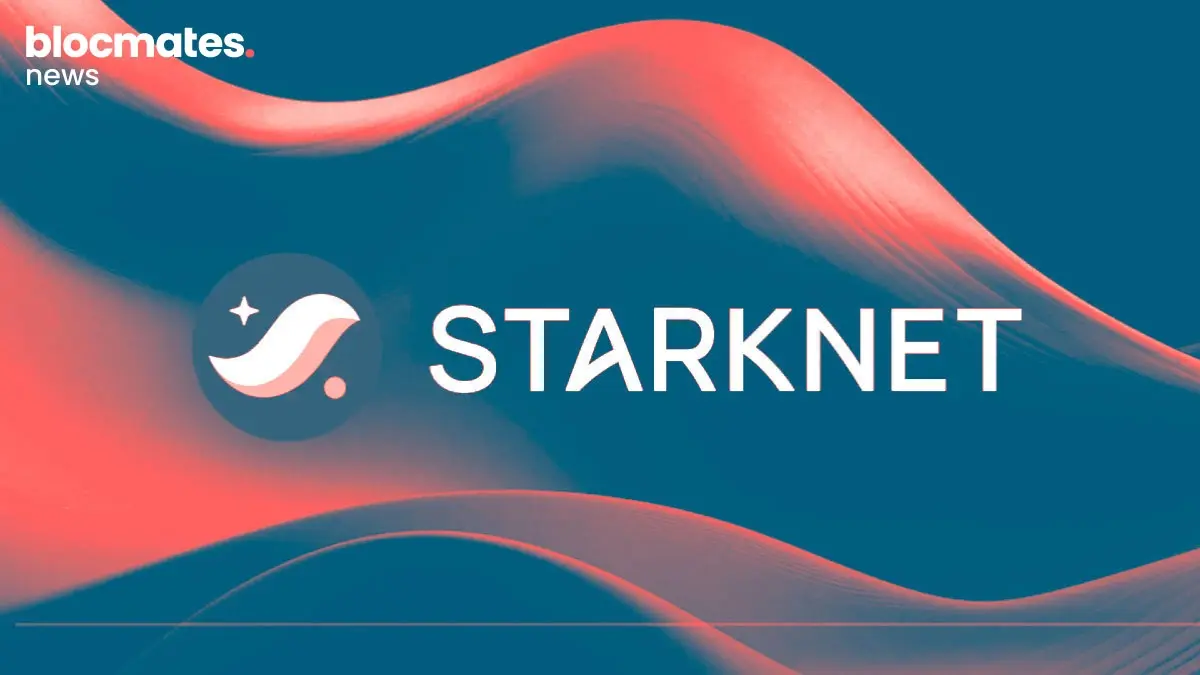









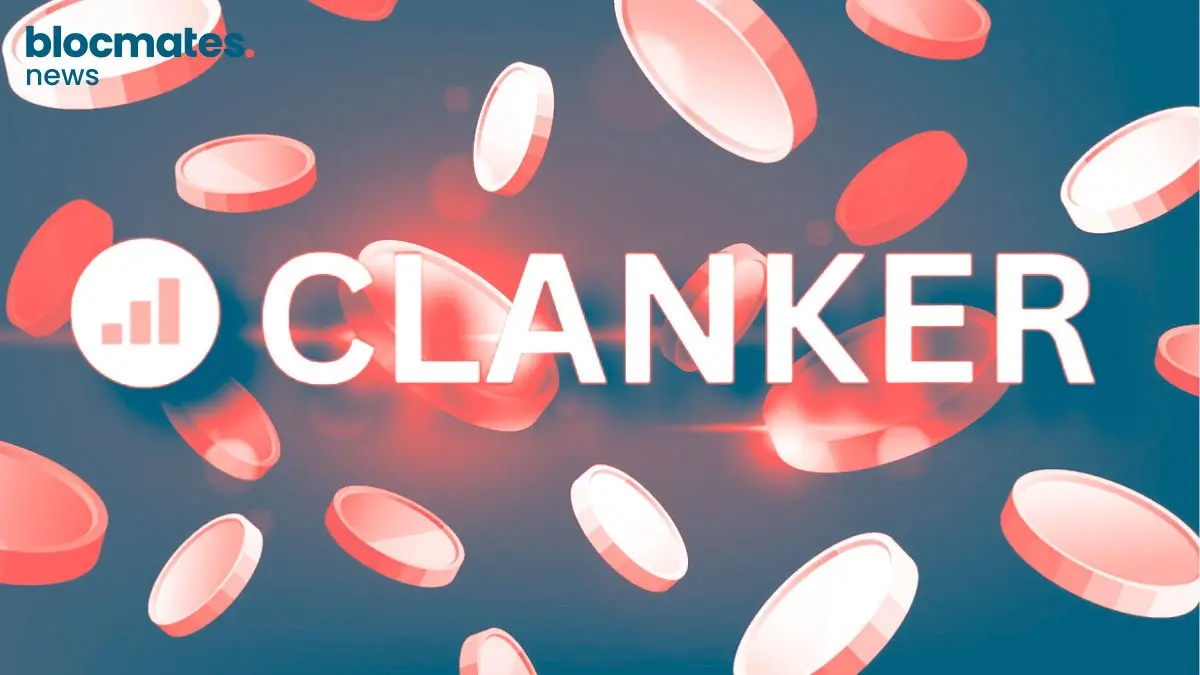


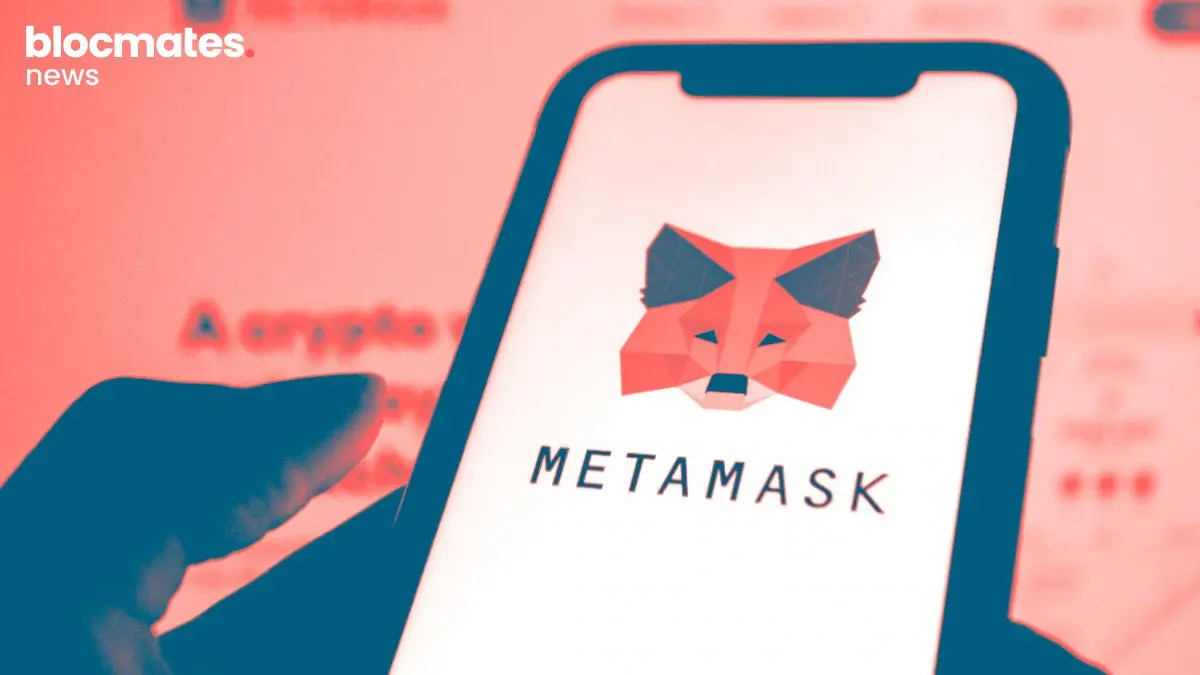
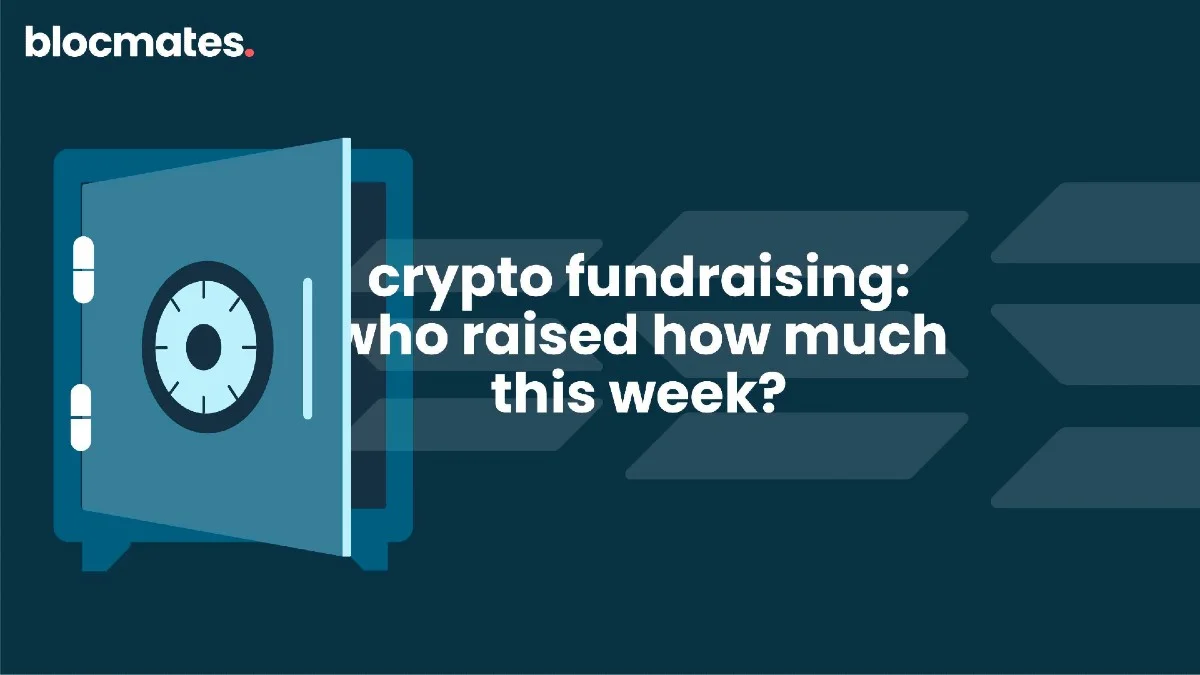
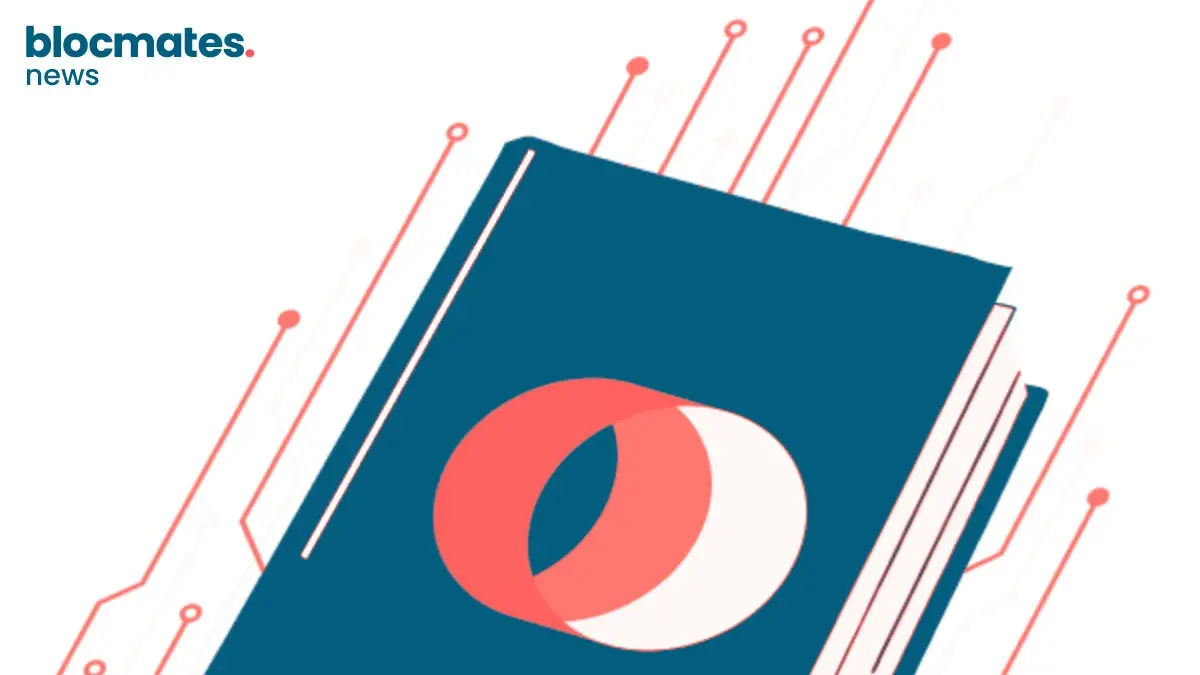

.webp)
